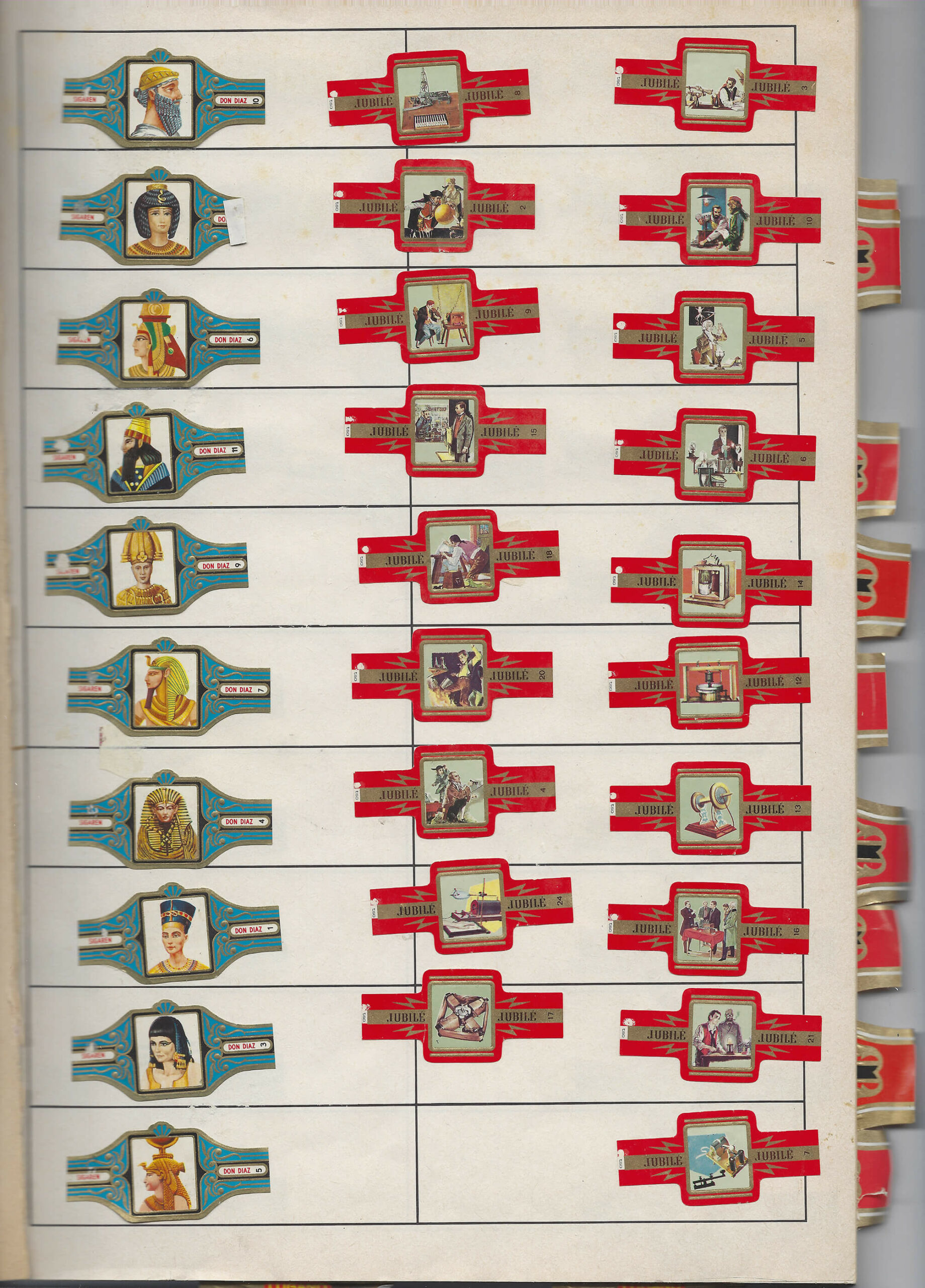What constitutes a ‘document’ and how does it function?
According to the Oxford English Dictionary, the etymological origin is the Latin ‘documentum’, meaning ‘lesson, proof, instance, specimen’. As a verb, it is ‘to prove or support (something) by documentary evidence’, and ‘to provide with documents’. The online version of the OED includes a draft addition, whereby a document (as a noun) is ‘a collection of data in digital form that is considered a single item and typically has a unique filename by which it can be stored, retrieved, or transmitted (as a file, a spreadsheet, or a graphic)’. The current use of the noun ‘document’ is defined as ‘something written, inscribed, etc., which furnishes evidence or information upon any subject, as a manuscript, title-deed, tomb-stone, coin, picture, etc.’ (emphasis added).
Both ‘something’ and that first ‘etc.’ leave ample room for discussion. A document doubts whether it functions as something unique, or as something reproducible. A passport is a document, but a flyer equally so. Moreover, there is a circular reasoning: to document is ‘to provide with documents’. Defining (the functioning of) a document most likely involves ideas of communication, information, evidence, inscriptions, and implies notions of objectivity and neutrality – but the document is neither reducible to one of them, nor is it equal to their sum. It is hard to pinpoint it, as it disperses into and is affected by other fields: it is intrinsically tied to the history of media and to important currents in literature, photography and art; it is linked to epistemic and power structures. However ubiquitous it is, as an often tangible thing in our environment, and as a concept, a document deranges.
the-documents.org continuously gathers documents and provides them with a short textual description, explanation,
or digression, written by multiple authors. In Paper Knowledge, Lisa Gitelman paraphrases ‘documentalist’ Suzanne Briet, stating that ‘an antelope running wild would not be a document, but an antelope taken into a zoo would be one, presumably because it would then be framed – or reframed – as an example, specimen, or instance’. The gathered files are all documents – if they weren’t before publication, they now are. That is what the-documents.org, irreversibly, does. It is a zoo turning an antelope into an ‘antelope’.
As you made your way through the collection,
the-documents.org tracked the entries you viewed.
It documented your path through the website.
As such, the time spent on the-documents.org turned
into this – a new document.
This document was compiled by Lut Van de Vijveron 21.03.2022 21:47, printed on ____ and contains 31 documents on _ pages.
(https://the-documents.org/log/21-03-2022-3925/)
the-documents.org is a project created and edited by De Cleene De Cleene; design & development by atelier Haegeman Temmerman.
the-documents.org has been online since 23.05.2021.
- De Cleene De Cleene is Michiel De Cleene and Arnout De Cleene. Together they form a research group that focusses on novel ways of approaching the everyday, by artistic means and from a cultural and critical perspective.
www.decleenedecleene.be / info@decleenedecleene.be - This project was made possible with the support of the Flemish Government and KASK & Conservatorium, the school of arts of HOGENT and Howest. It is part of the research project Documenting Objects, financed by the HOGENT Arts Research Fund.
- Briet, S. Qu’est-ce que la documentation? Paris: Edit, 1951.
- Gitelman, L. Paper Knowledge. Toward a Media History of Documents.
Durham/ London: Duke University Press, 2014. - Oxford English Dictionary Online. Accessed on 13.05.2021.

At the nuclear waste processing facility. While the photographer and the head of the communication department are making their way from the processing building to the temporary storage building, they walk past the central chimney.
‘On the highest of the accessible levels of the chimney, operators were finding small steel rings. They gathered them, but soon noticed that new rings were added. At a certain point at a rate of one ring a day.
[…]
It took them some time to realize what they were, so they started collecting them by slipping them onto a piece of rope. By now the rings on the rope span about this distance [spreads his arms to indicate a distance of about 1.2m].
[…]
They turned out to be rings that came from pigeon’s legs.
[…]
On top of our chimney resides a peregrine falcon.
[…]
I was told pigeon fanciers have a tendency to give a peregrine falcon – or any other bird of prey in their area – a hand at disappearing, but this one took up residency in the internal perimeter, where – as you know – access is severely restricted.’
First published in: De Cleene, M. Reference Guide. Amsterdam: Roma Publications, 2019
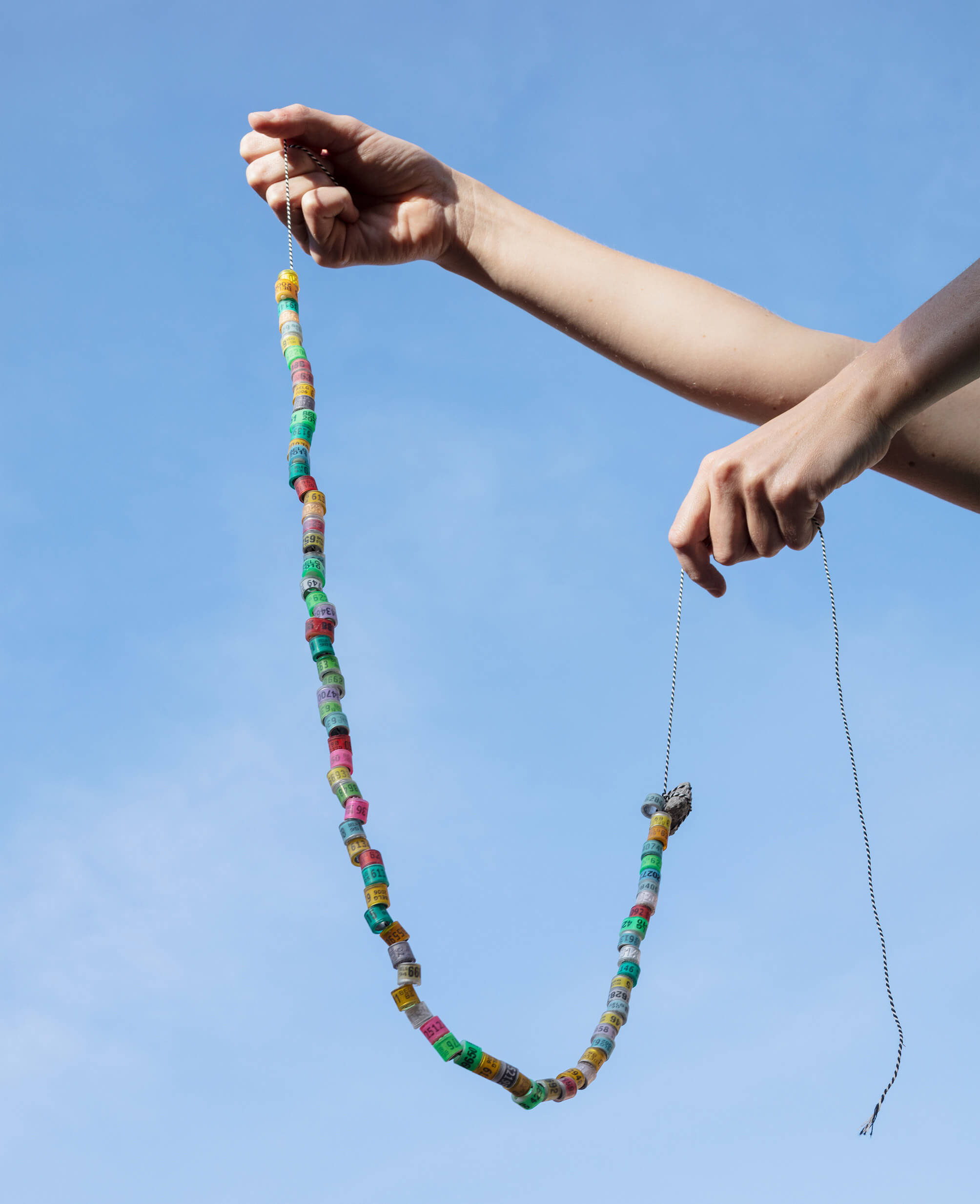
This is the spread one sees upon opening the bird field guide that once stood, as the stamp indicates, in the library of a psychiatric institution.1 It shows birds’ silhouettes, as they can be seen beside the road.
The drawing has a kind of Hitchcock feel to it.2 The birds seem to be spying on each other, as they also seem to be spying on the unsuspecting passer-by.
The composition of the scene is marvelous. The electric wires, the tree, the wire fence, the double framed list with the birds’ names, handsomely positioned in a birdless patch, at once superimposed on the telephone wires, and pushed to the background by the skylark.
Imagine seeing this scene. What are the odds: to see the silhouettes of Europe’s twenty most common species of birds in one glance, from your car’s window, as you are driving home at dusk.
Before closing the book, the last spread seems to show the birds fleeing, maybe attacking.3
The stamp indicates that, at the psychiatric institution, the book was part of the sublibrary for the Catholic Brothers of Charity. The crossed-out part indicates that there was also a separate physicians’ library, to which the book might have originally belonged.
On the web, discussions on whether Alfred Hitchcock’s The Birds (1963) was shot in colour or in black and white, abound.
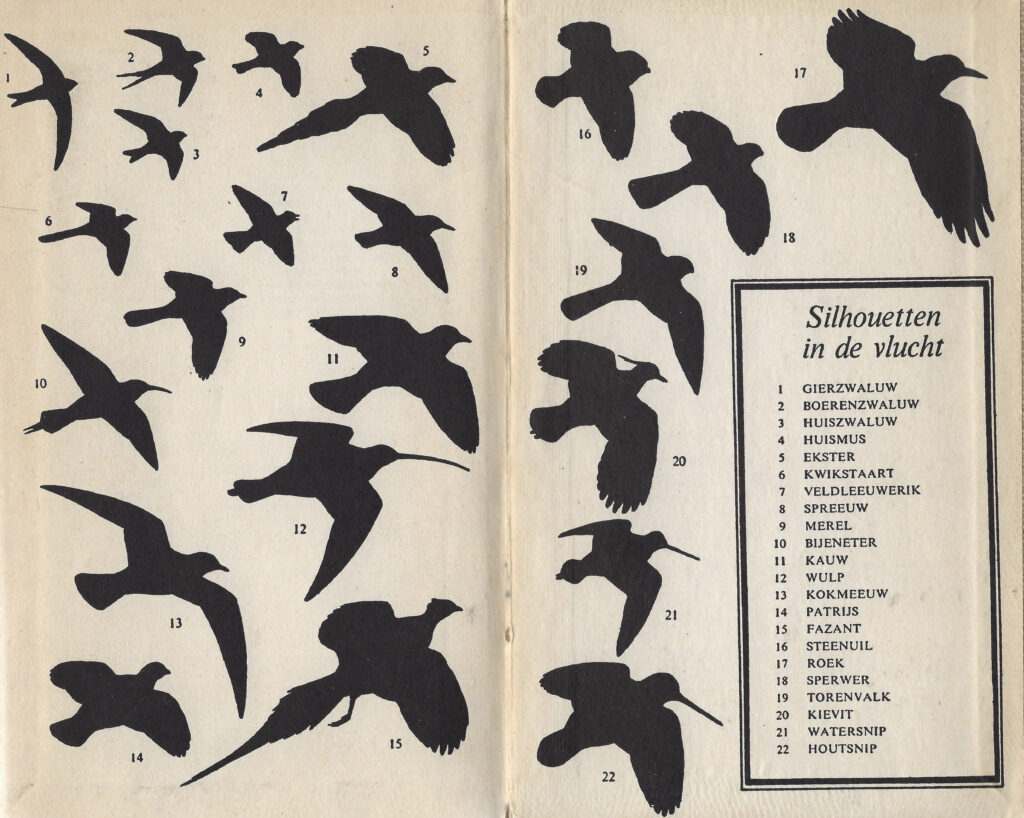
Peterson, R.T., Mountfort, G. & P.A.D. Hollom. Vogelgids voor alle in ons land en overig Europa voorkomende vogelsoorten (J. Kist, transl.). 3d ed. Amsterdam/Brussels: Elsevier, 1955.
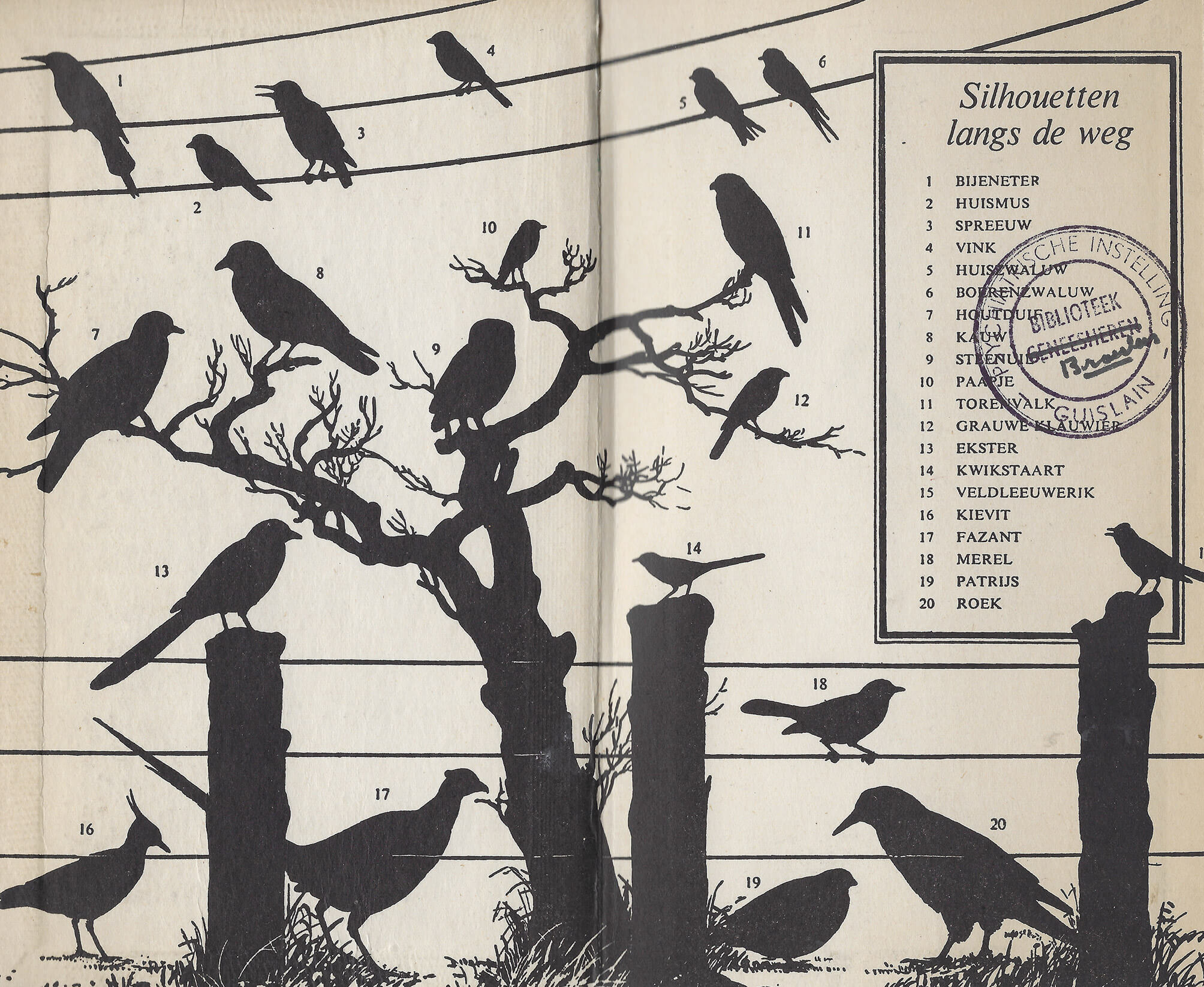
Near Avenue 61 on an artificial island close to Seef, a truck is being towed after the driver lost control over the vehicle and flipped it onto its side. A warm wind blows in from the Persian Gulf.
A police officer signals us to come closer. ‘Why are you taking pictures?’ he asks. ‘This is just an accident. You have to delete the pictures from your phone. Now.’ After checking the pictures-folder on our phones, he gets in his car, drives a few metres, stops the car and rolls down his window. ‘And don’t do it again!’ he yells. Then he drives off, raising a cloud of sand in his wake.
Photograph taken and recovered from my trash bin on 18.12.2020.

In June, 2014, a severe hailstorm hit Belgium. Warnings were broadcast. A football game between the national teams of Belgium and Tunisia was paused. The morning after, there were small dents in the hood and the roof of the car, each a square centimeter in size, some 10 centimeters separated from each other. The storm didn’t get a name.
Assessing the damage, the insurance company’s expert took the dents into account to establish the wreck’s worth.
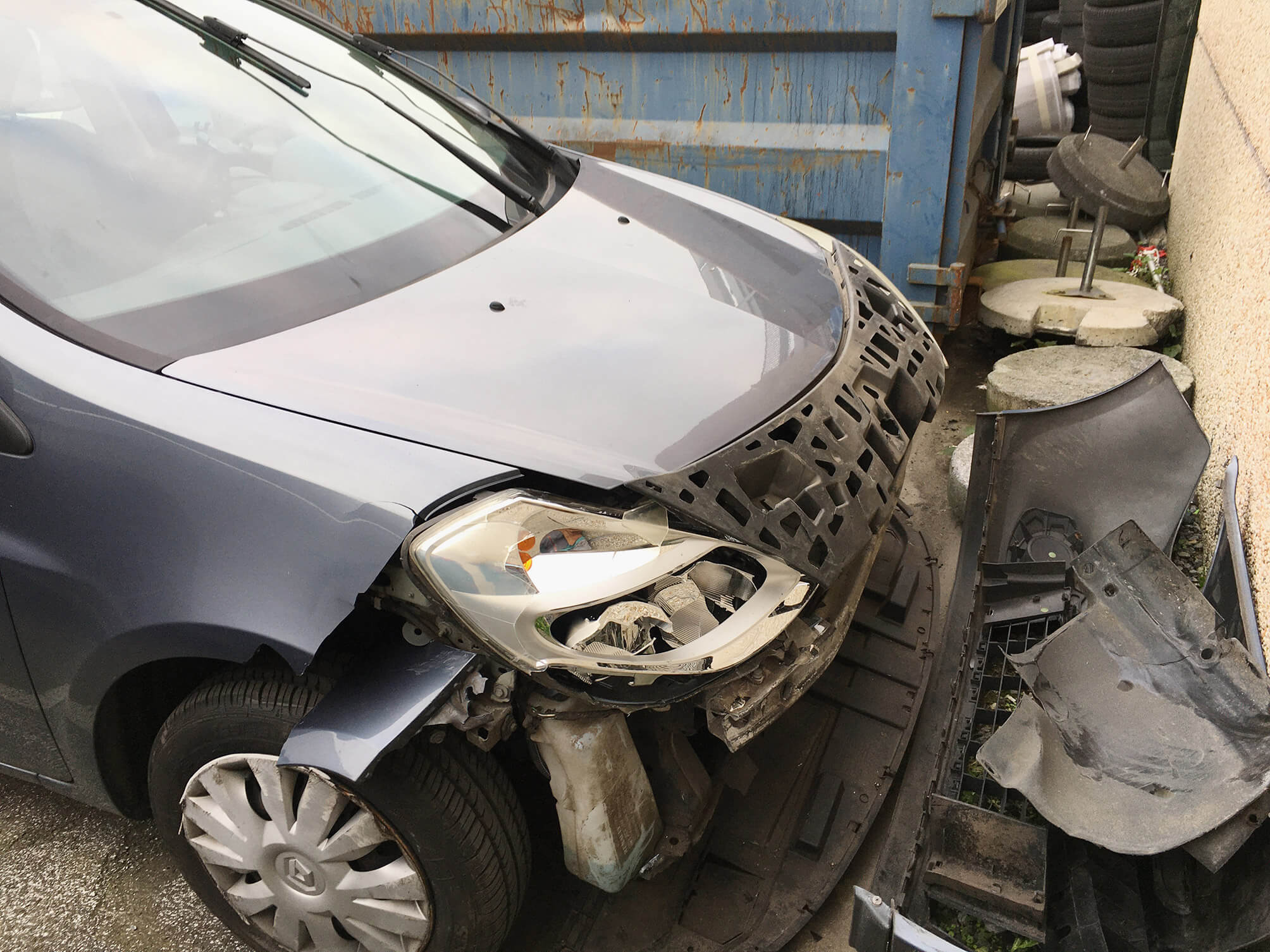
A year ago, mid-August, just before sunrise, the mostly unlit office buildings line the road that leads to the underground parking. I turn off the ignition. I’m in F36. The walls are painted pink. Looking for the exit, I take the escalator and get stuck in an empty shopping mall. The music is playing but all the shops are closed off with steel shutters. So are the exits. I’m out of place. In keeping early customers out, the mall is keeping haphazard visitors in. I’m back in the parking lot. The elevator is broken. I take the stairs and walk by a homeless man, sleeping. There’s shit on the floor. I open the door that leads out of the stairwell. It slams shut behind me. There’s no doorknob. I find myself on a dark floor between mall and parking lot. People are sleeping; some are awake. Heads turn toward me. I start walking slightly uphill towards where I think I might find an exit, or an entrance. The scale of the architecture has shifted from car (F36) and customer (the closed mall) to truck. I find myself amidst the supply-chain. It takes five minutes, maybe fifteen, maybe more to get out and see the office buildings towering over me in the first light of day.
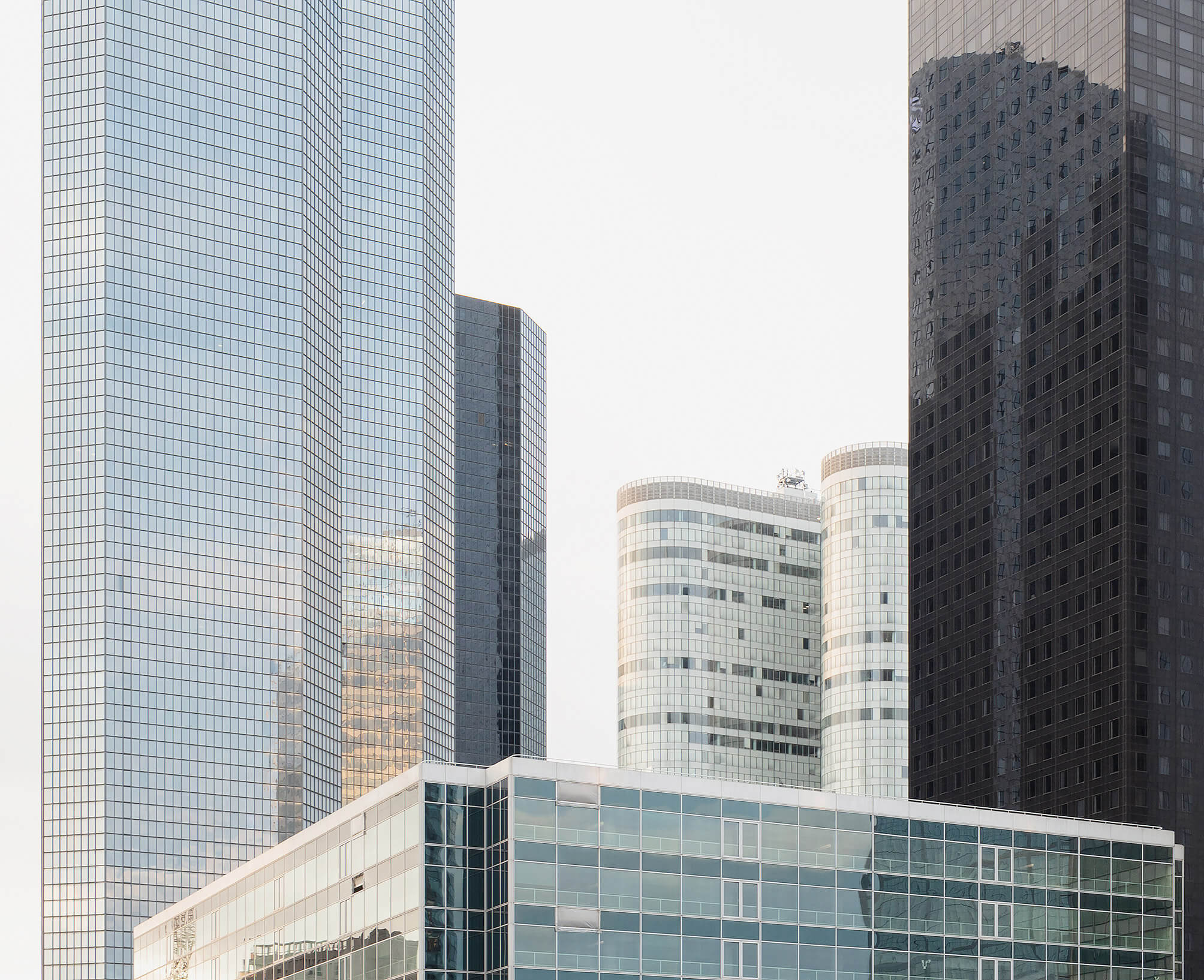
At the Tunis Institut National du Patrimoine, the sand-covered floor has traced Anne Teresa De Keersmaeker’s movements to Steve Reich’s Violin Phase. The venue empties out. It is dark and the way back to the hotel through the medina is labyrinthian and eerie. It has been a couple days since we arrived, and I have managed to make a mental image of the inner city by memorizing some waymarks – intersections, buildings, shops – coupled to a direction. Sometimes, a newly entered street would give out to such a waymark – a peculiar sensation: a flash of spatial insight, like a crumpled ball of paper unfolding. The narrow streets turn and turn. Some passages are closed at night. I must improvise a route, but the basic mental structure to do so is missing. Shopkeepers have moved their goods inside.
I have no sense of orientation. I can’t estimate distances nor can I tell north from south. Everything is scaleless. My highly simplified scheme of the city’s layout gets us to our destination. The functional interpretation of Tunis differs completely from the actual Tunis. It is a different city we crossed, and made while crossing.

(‘Imaginary landscape in the actual greater Gent, some thousands of years ago. A grassy riparian zone separates rivers from the edge of the forests’)
Imagine a deserted city of Gent, overtaken by nature, Thiery asks the reader in his book Het woud (The Forest). After fifty years, you return to the city. Buildings have collapsed, streets are overgrown. It has become an impenetrable, dense forest, except for the river on which the reader makes his or her way through it. In the first half of the twentieth century, Leo Michel Thiery made one of Belgium’s first botanical gardens for educational purposes. In the middle of an industrialized quarter of the city of Gent, the garden presented different sceneries. There were landscapes from the Alps, dunes, the Ardennes, steppe. Besides sceneries with chalk-, loam-, marl- and sand-based vegetation, there were forests, grasslands and swamps.
After his death, Thiery’s garden decayed. Decades later, it was restored, with the Alps, dunes, the Ardennes and steppe now classified as a protected view.
Thiery, M. Het woud. Een proeve van plantenaardrijkskunde. Gent: De Garve, s.d., p. 14
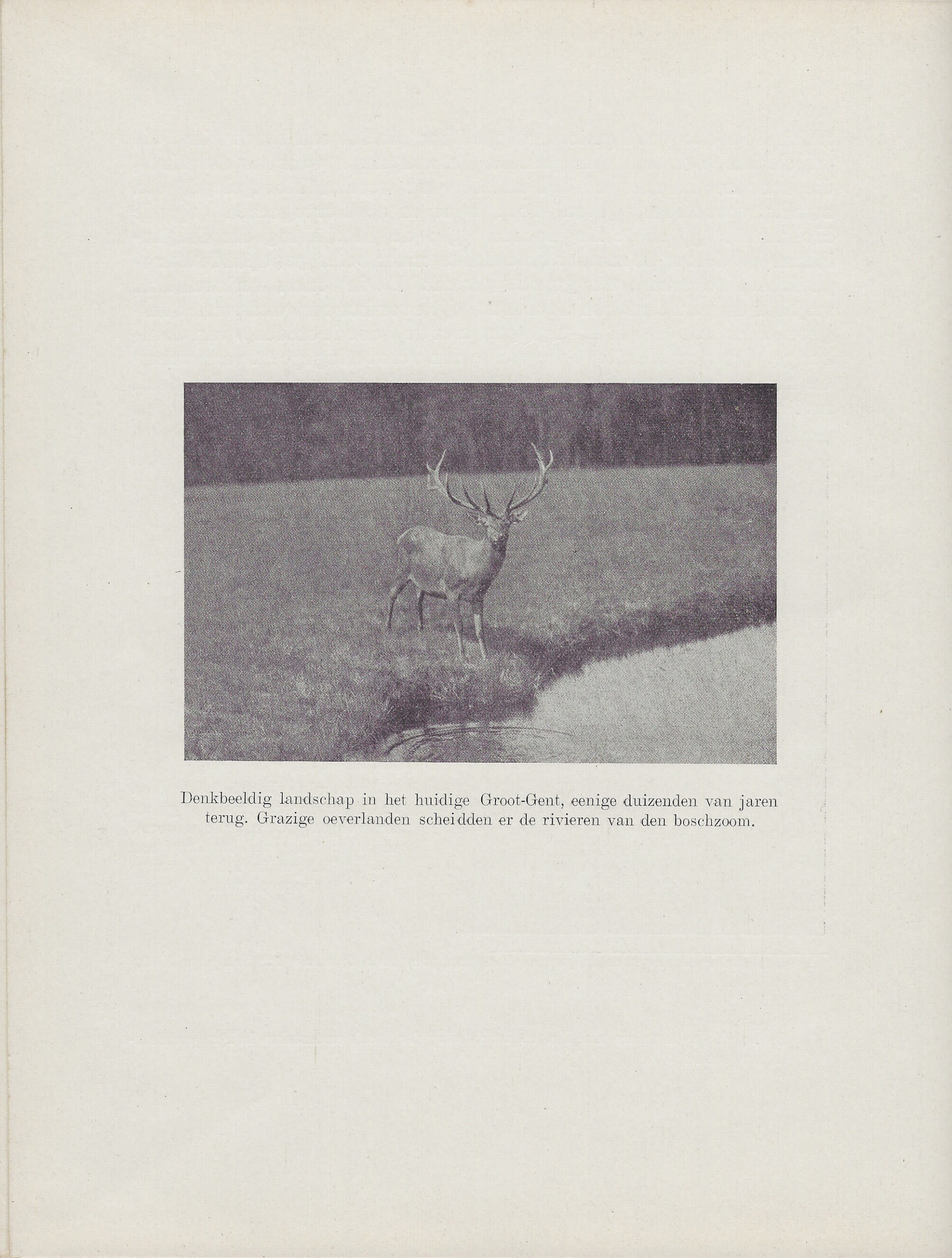
In between two cities along the Belgian coast, water has run from the dunes (and the Second World War Heritage site scattered among them), underneath the coastal road and tram rails, to the beach. It has formed a small S-shaped estuary, bound to disappear due to the increasingly harsh wind coming from the coast of Britain, blowing North-easterly, and hammering down on the levee. The vibrations of the empty Ostend-bound tram passing just before the photograph was taken, had no visible impact on the estuary.

Ten years ago, in November, I drove up to Frisia – the northernmost province of The Netherlands. I was there to document the remains of air watchtowers: a network of 276 towers that were built in the fifties and sixties to warn the troops and population of possible aerial danger coming from the Soviet Union. It was very windy. The camera shook heavily. The poplars surrounding the concrete tower leaned heavily to one side.
I drove up to the seaside, a few kilometers farther. The wind was still strong when I reached the grassy dike that overlooked the kite-filled beach. I exposed the last piece of film left on the roll. Strong gusts of wind blew landwards.
Months later I didn’t bother to blow off the dust that had settled on the film before scanning it. A photograph without use, with low resolution, made for the sake of the archive’s completeness.
The dust on the film appears to be carried landwards, by the same gust of wind lifting the kites.
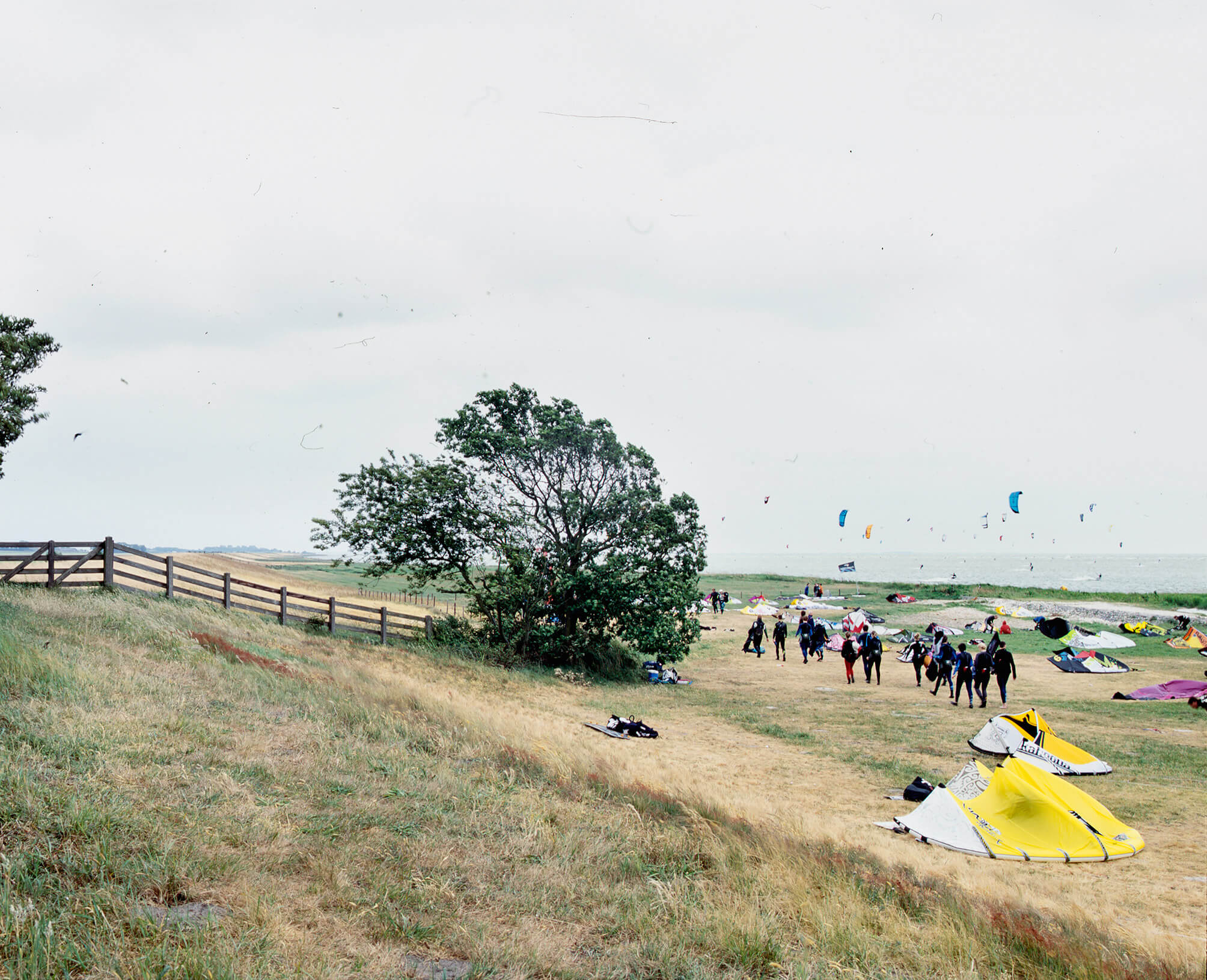
On March 23th 2015, a high pressure system above Panama Bay blew strong winds landwards. At the Gatun locks, one of the webcams overlooking the Canal neglected the traffic and briefly captured its own images. The ship’s presumed passage through the Gatun locks wasn’t recorded by this camera and the AIS-transponder did not save any data of the ship’s transit from the Pacific to the Atlantic side of the canal: the Authenticity managed to swap oceans undetected.
On February 16th 2016, the transponder still signals the ship near the port of Bahia Las Minas. The current is calm, the ship has been practically immobile for a year.
First published in: De Cleene, M. Reference Guide. Amsterdam: Roma Publications, 2019
Webcam Gatun Locks, Panama Canal, http://www.pancanal.com
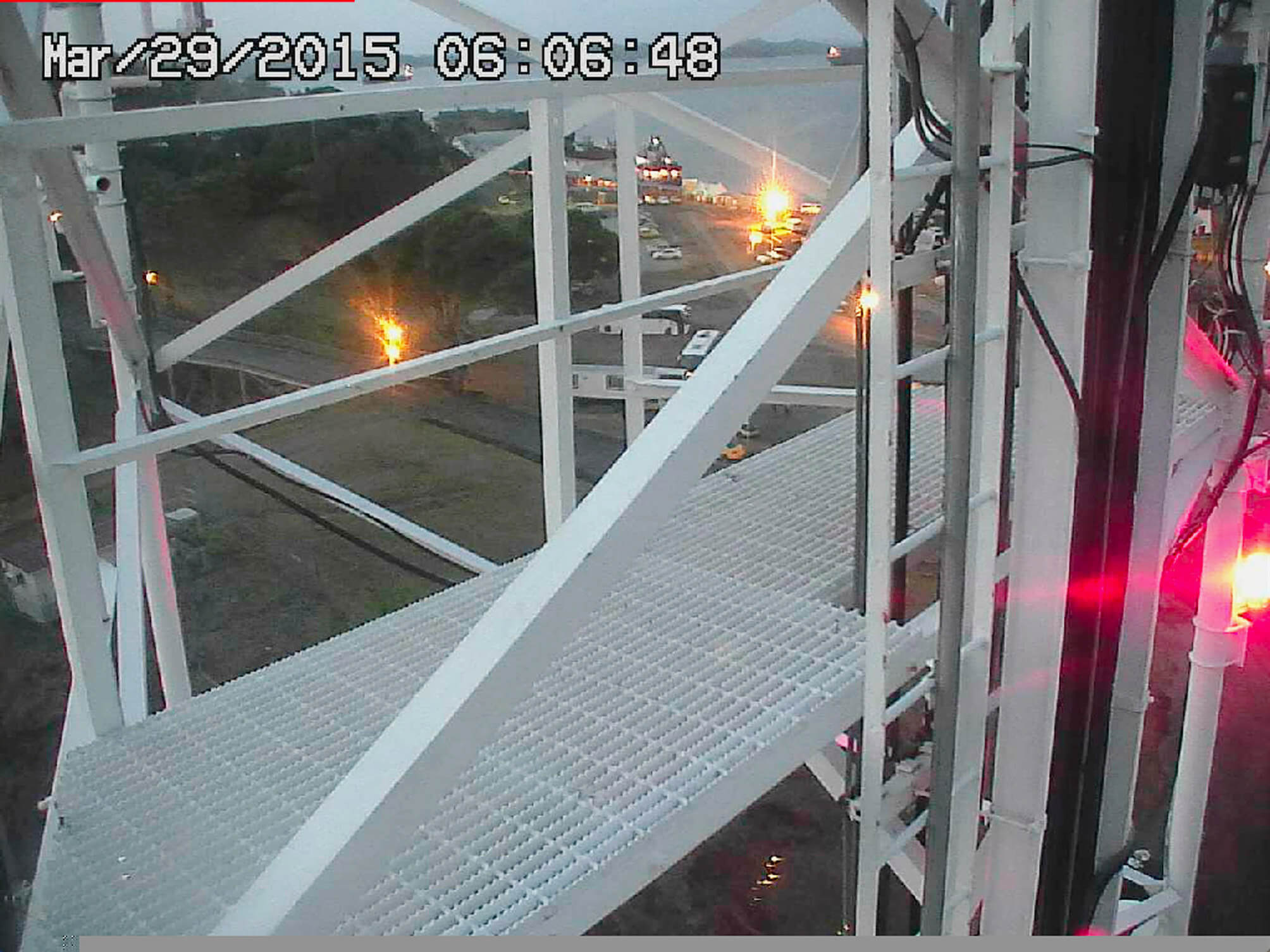
On May 6th 2020, 14h06 and 31 seconds, the Belgian Seismological Institute records an earthquake with a 1,7 magnitude in the region of Braine-Le-Compte. Three reactions from people in the neighbourhood, filed by the Institute, confirm the official seismological recordings. The Institute’s website classifies the earthquake as a ‘quarry blast’.
http://seismologie.be/nl/seismologie/aardbevingen-in-belgie/en130qj1o
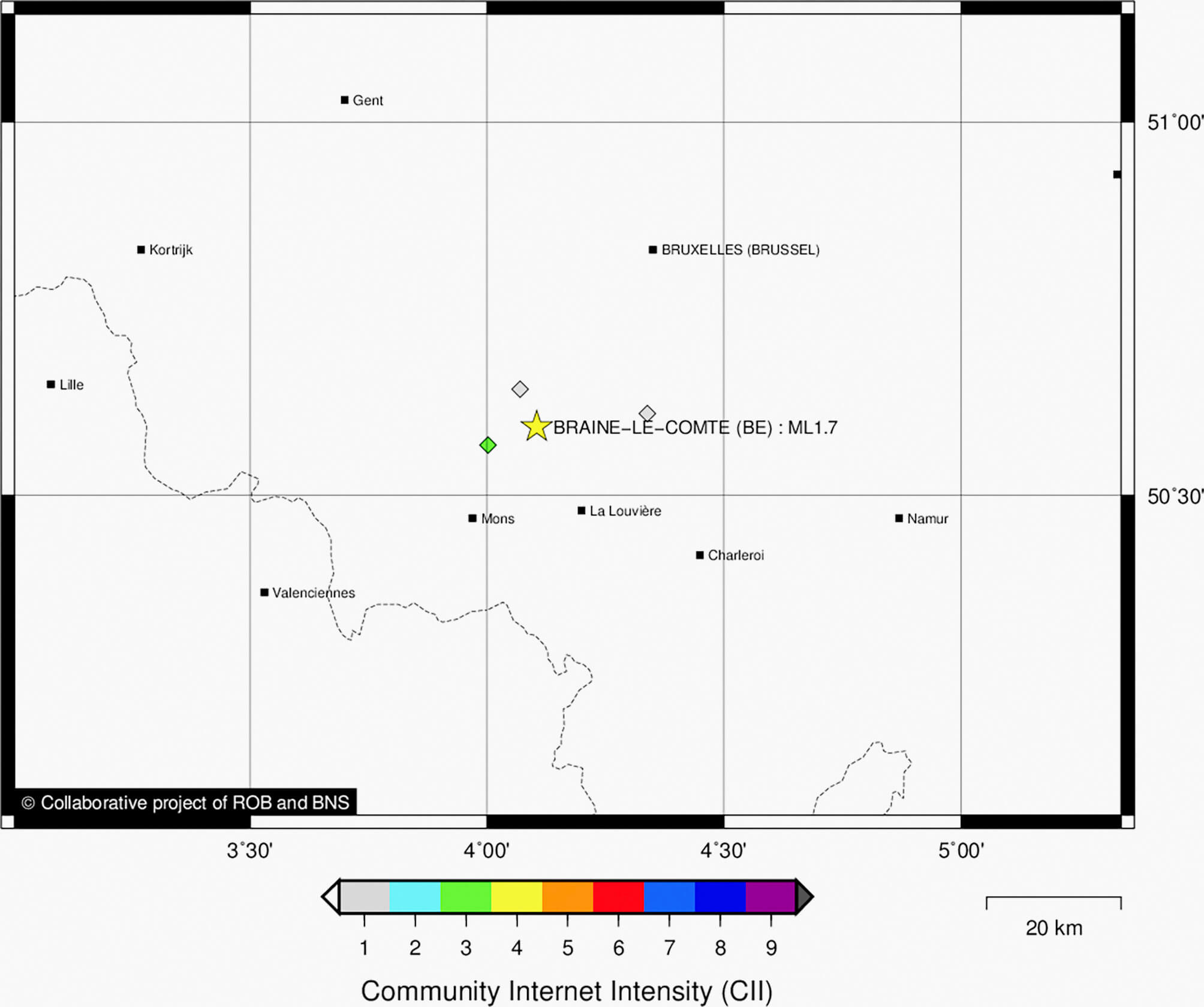
French writer Raymond Queneau did extensive research into what he called hétéroclites, and at other times fous littéraires, a continuation of a longstanding bibliographic project of assembling texts proposing eccentric theories that were never picked up by the scientific community. Disappointed by the results of his research and unable to find a publisher, he abandoned the idea of publishing the encyclopaedia he was compiling. Later, in his encyclopaedic novel Les enfants du limon, he picks up the thread, from a different perspective. It tells the story of two quirky characters, Chambernac and Purpulan, wanting to compile an encyclopedia on fous littéraires. The novel cites from the texts they have dug up. The novel ends when they give up on the project, and give their findings to a novelist they meet and who says to be interested in the material, and asks if it would be OK if he’d attribute it to a character in a story he’s writing. Chambernac agrees, asking the name of the novelist he’s meeting: ‘Monsieur comment?’ – ‘Queneau’.
Queneau, R. Aux confins des ténèbres. Les fous littéraires du XIXe siècle (M. Velguth, red.). Paris: Gallimard, 2002.
Queneau, R. Les enfants du limon. Paris: Gallimard, 2004 [1938].

The building is almost finished. One apartment is still up for sale, on the top floor. The contractor is finishing up. There’s a long list of comments and deficiencies that need to be addressed before the building can be handed over definitively to the owner. The elevator’s walls are protected by styrofoam to prevent squares, levels, measures, drills, air compressors, chairs, bird cages, etc. from making scratches on the brand new wooden panelling.
In 1932 Brassaï began taking photographs of graffiti scratched into walls of Parisian buildings. On his long walks he was often accompanied by the author Raymond Queneau, who lived in the same building but on a different floor. Brassaï published a small collection of the photographs in Minotaure, illustrating an article titled ‘Du mur des cavernes au mur d’usine’ [‘From cave wall to factory wall’].
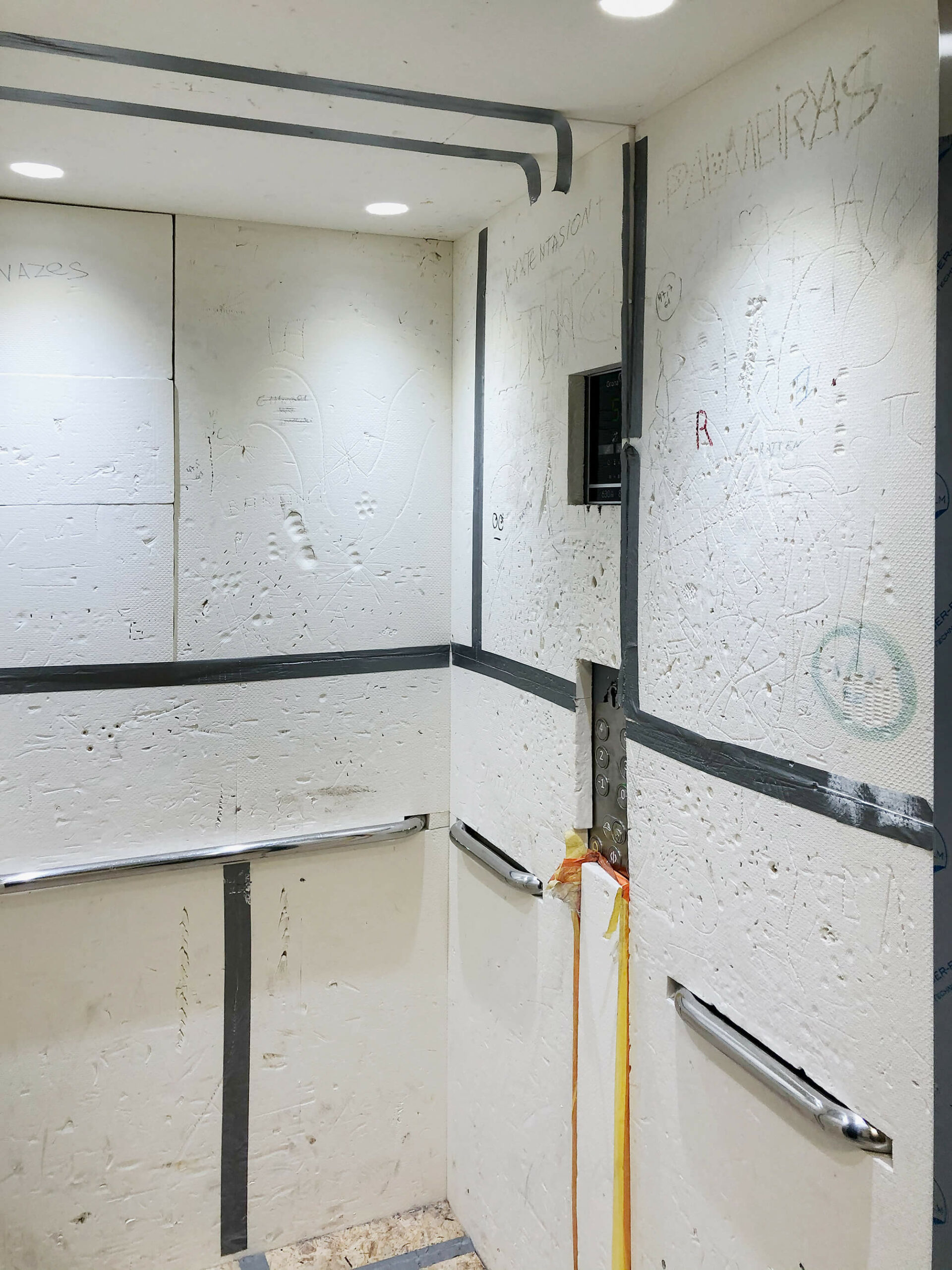
All chairs are empty, but all face something different. The bottom photograph shows empty chairs facing empty desks. In the middle picture, empty chairs face each other (underneath the inaudible sound of the cinema above). In the top photograph, the chairs seem to be facing the photographer. However, the altar’s in front of the photographer. He stands at the back of the provisional church. The chairs face the photographer and have turned their backs to the altar.
Revue Héraclite, 5 (1), april 1936, p. 7, paper, from the archive of architect O. Clemminck.
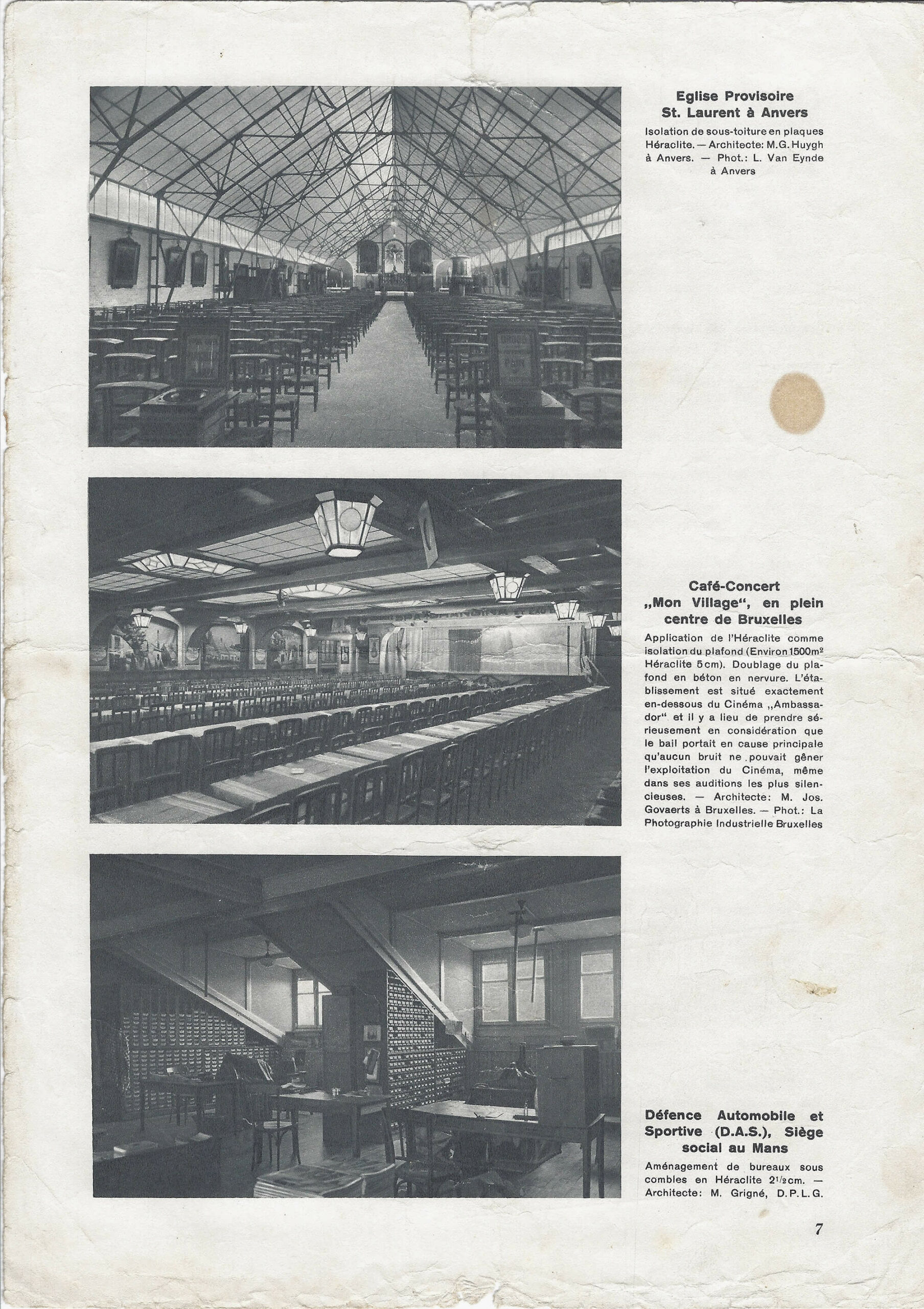
At the State Archive in Kortrijk, I am leafing through a 1955 photo album of the construction of the provisional church in Lokeren by the famous furniture company Kunstwerkstede De Coene. Gigantic wooden, prefabricated beams structure the building. It is cold. An old man in a grey suit shuffles between the racks to look up the date of birth of his great great grandmother. Snow covers the unfinished provisional roof. A bus passes, I reckon, through the pouring rain.
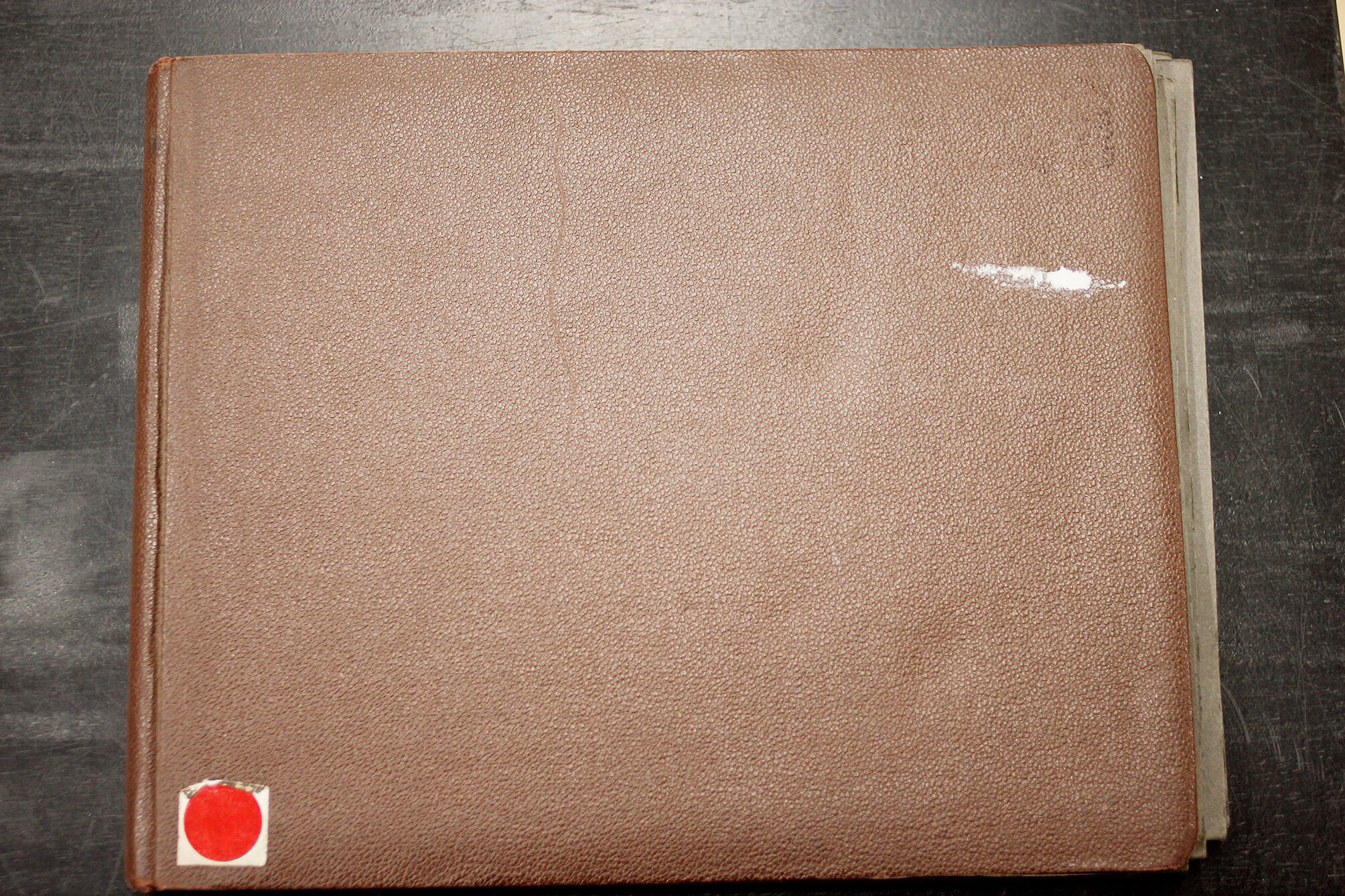
In his debut novel ‘De Metsiers’ Hugo Claus employs a multiple narrative perspective. In the copy I picked up in a thrift store, there’s a bookmarker between pages 44 and 45 where the perspective shifts from Ana to Jim Braddok. It’s pouring. The pink piece of paper lists 9 sessions at a driving school. There’s a total of 20 hours, taught alternately by Johan and Guy.
In 2000, 2006 and 2017 the twenty-sixth of December was a Tuesday. (Earlier years are improbable, since the Euro was not introduced yet.)
Claus, H. De Metsiers. Amsterdam: Uitgeverij De Bezige Bij, 1978.
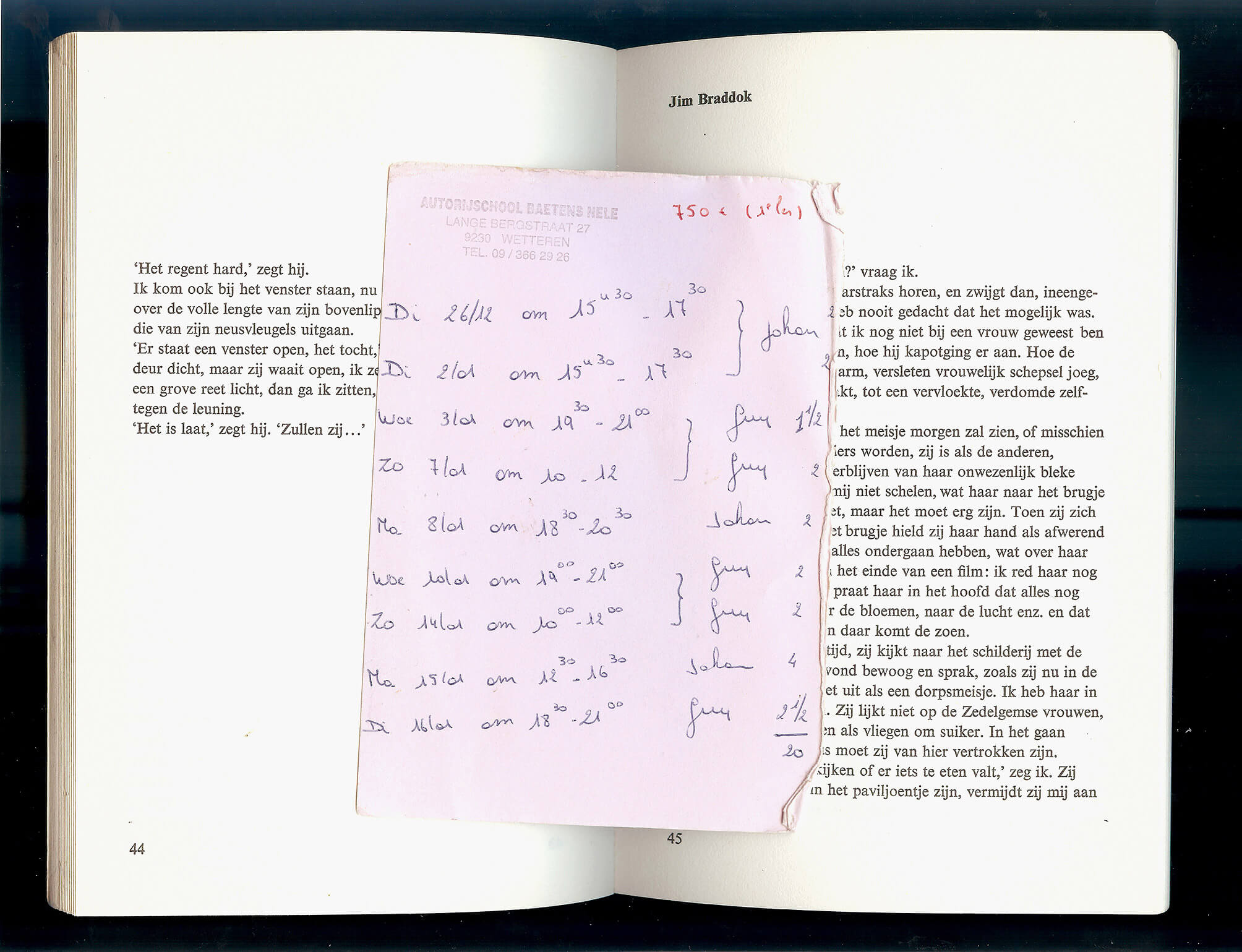
‘The masons in training pour a concrete slab and build four walls upon it in a stretcher bond. Then the block comes to our department and the students in the course Electrical installer (residential) can grind channels and drill cavities in it.’
[…]
‘It’s not always a success from the outset, but they learn quickly.’
[…]
‘Never grind horizontally, always vertically. Diagonally if there is no other way.’
[…]
‘Two fingers wide.’
[…]
‘After this it goes to the sanitary department. After the bell drilling, the demolition hammer follows and the masons make us a new block.’
Competentiecentrum VDAB, Wondelgem, July 2019.
First published in A+ Architecture in Belgium, A+ 279, Schools (August, September 2019), https://www.a-plus.be/nl/tijdschrift/schools
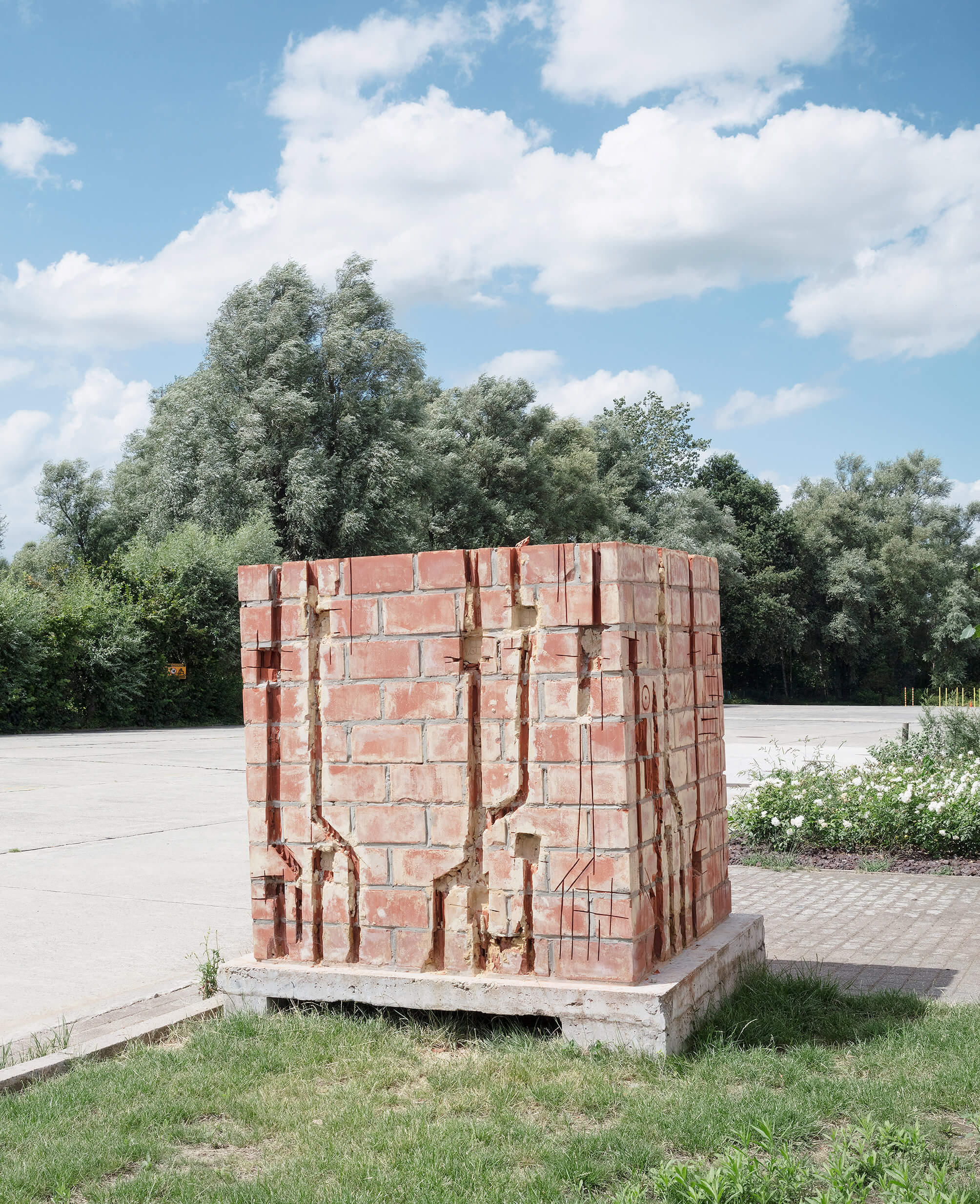
A block of concrete. Fissures are showing and rebar is sticking out from all sides. If it were still straight, the block would measure approximately 130 x 15 x 40cm.
It is lying by the side of the road, a few hundred meters from a construction site. It appears to be shaped by impact. Maybe the block plummeted to the ground from a great height. Perhaps, something heavy hit it. For all one knows, it served as a column and was exposed to an unforeseen amount of pressure, causing it to buckle.
According to Eyal Weizman ‘[a]rchitecture emerges as a documentary form, not because photographs of it circulate in the public domain but rather because it performs variations on the following three things: it registers the effect of force fields, it contains or stores these forces in material deformations, and, with the help of other mediating technologies and the forum, it transmits this information further.’1
Weizman, E. ‘Introduction’, in: Forensic Architecture. Forensis. The Architecture of Public Truth. London/Berlin: Sternberg Press, 2014.
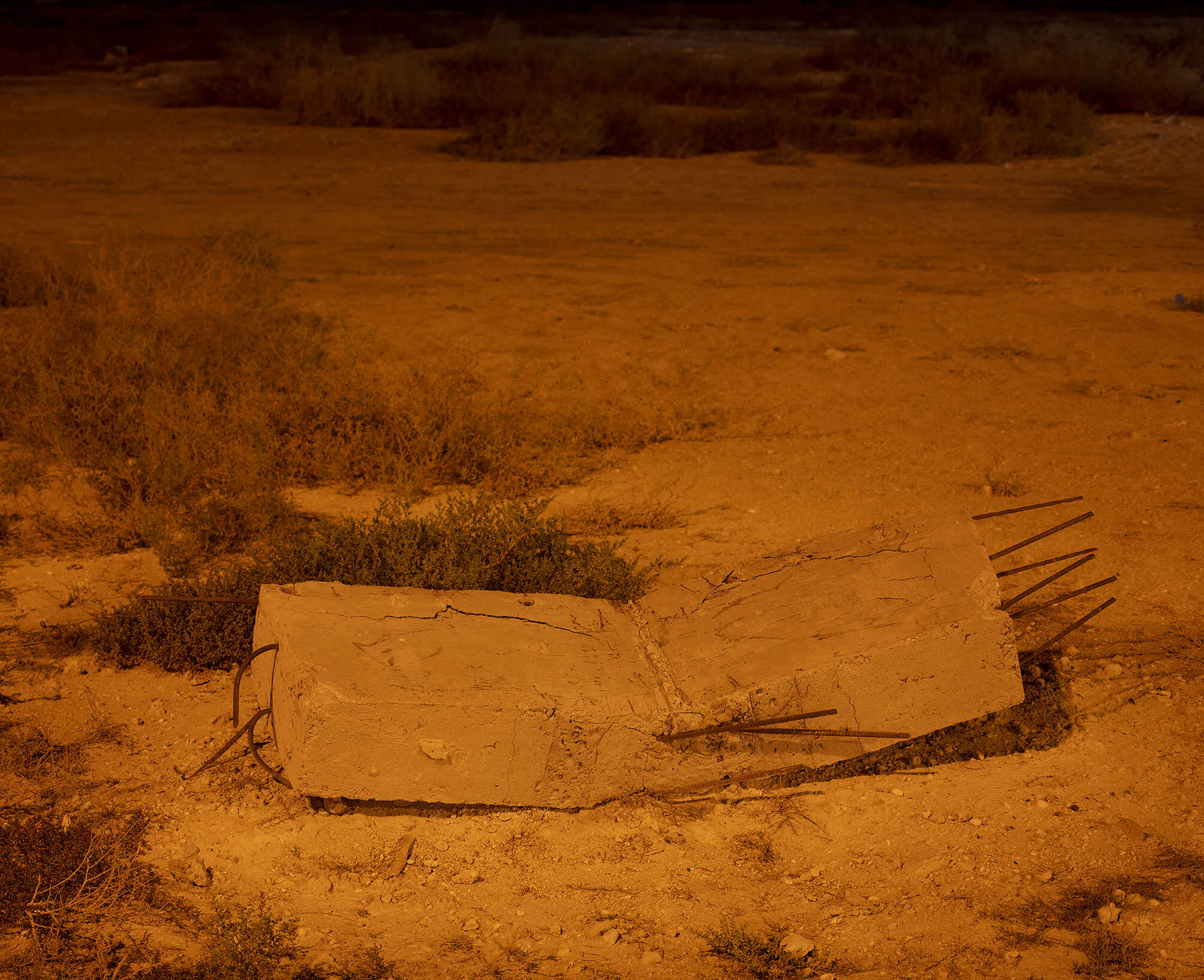
As a result of intense drainage of drinking water, an area around the Belgian city of Waver was designated as having a potential for land subsidence – the downward movement of the soil over an extended period of time. People in Waver were startled to find their town mentioned in an international study published in Science. Flemish newspaper De Standaard uncovered that the researchers had used an older study, published in 2005, which claimed that the soil in Waver had moved some five centimeters in a period of eleven years. Pictures of fissures in Waver-facades had been added to the original article.
Last year, cracks in our living room wall were covered up by placing plasterboard in front of the plastered brick wall. As such, we avoided having to paint the wall with the cracks and the marks left by the IKEA Billy bookcases.
https://science.sciencemag.org/content/sci/suppl/2020/12/29/371.6524.34.DC1/abb8549_Herrera_SM.pdf
https://www.standaard.be/cnt/dmf20210106_97889104
http://earth.esa.int/fringe2005/proceedings/papers/677_devleeschouwer.pdf

On the second to last day of a research visit at CERN, there was some spare time in the schedule. I took a long walk towards building 282 in search of some excavation samples: cylindrical pieces of rock that were preserved when the tunnel was dug, glued to a block of wood and frequently exhibited in museums over the last three decades as material evidence of the earthwork and as a witness to the depth. The route led me along the back of building 363 where the wind caused young trees – now gone – to scuff the facade over time.
First published in: De Cleene, M. Reference Guide. Amsterdam: Roma Publications, 2019, as W.569.EXC CERN, Towards Building 282, in search of excavation samples
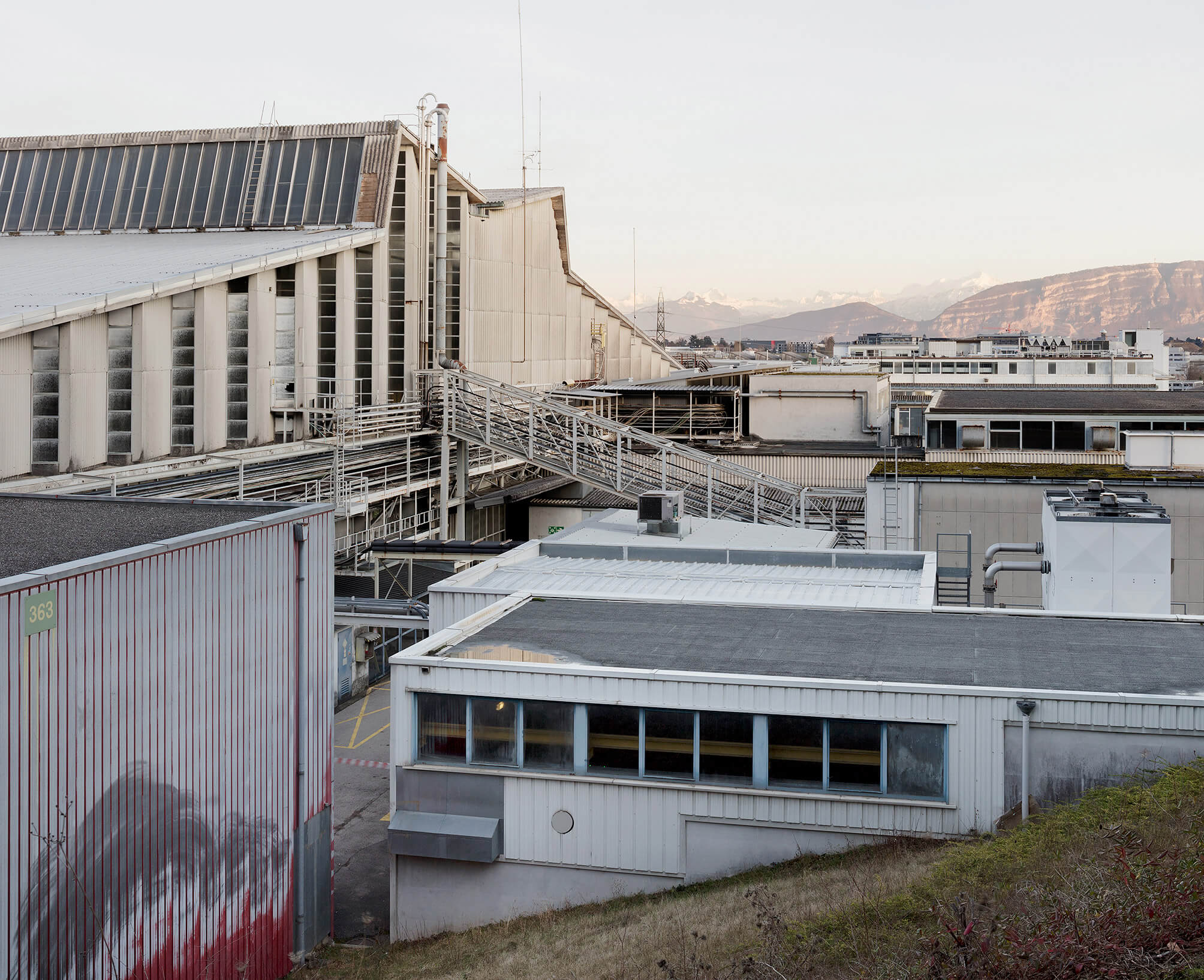
I must have driven past this rocky landscape about sixteen times, going back and forth between viewpoints and the house the parents of a friend let me stay in. On the last day, I left early for the airport, pulled into a lay-by, took my tripod and camera out of the trunk of the red Volkswagen Polo rental car and made two photographs.1 It was only when I got home, had the film developed, scanned it and was removing dust particles from the file, that I discovered the hand painted text on the rock: ‘PROIBIDO BUSCAR SETAS’.
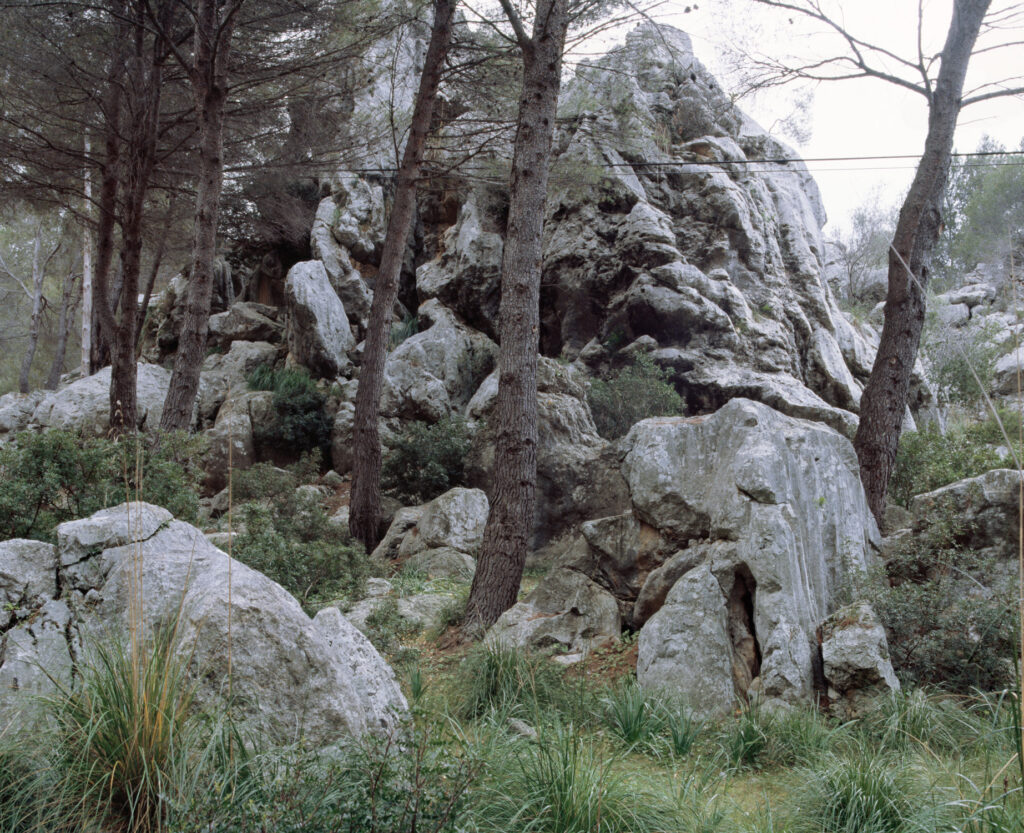
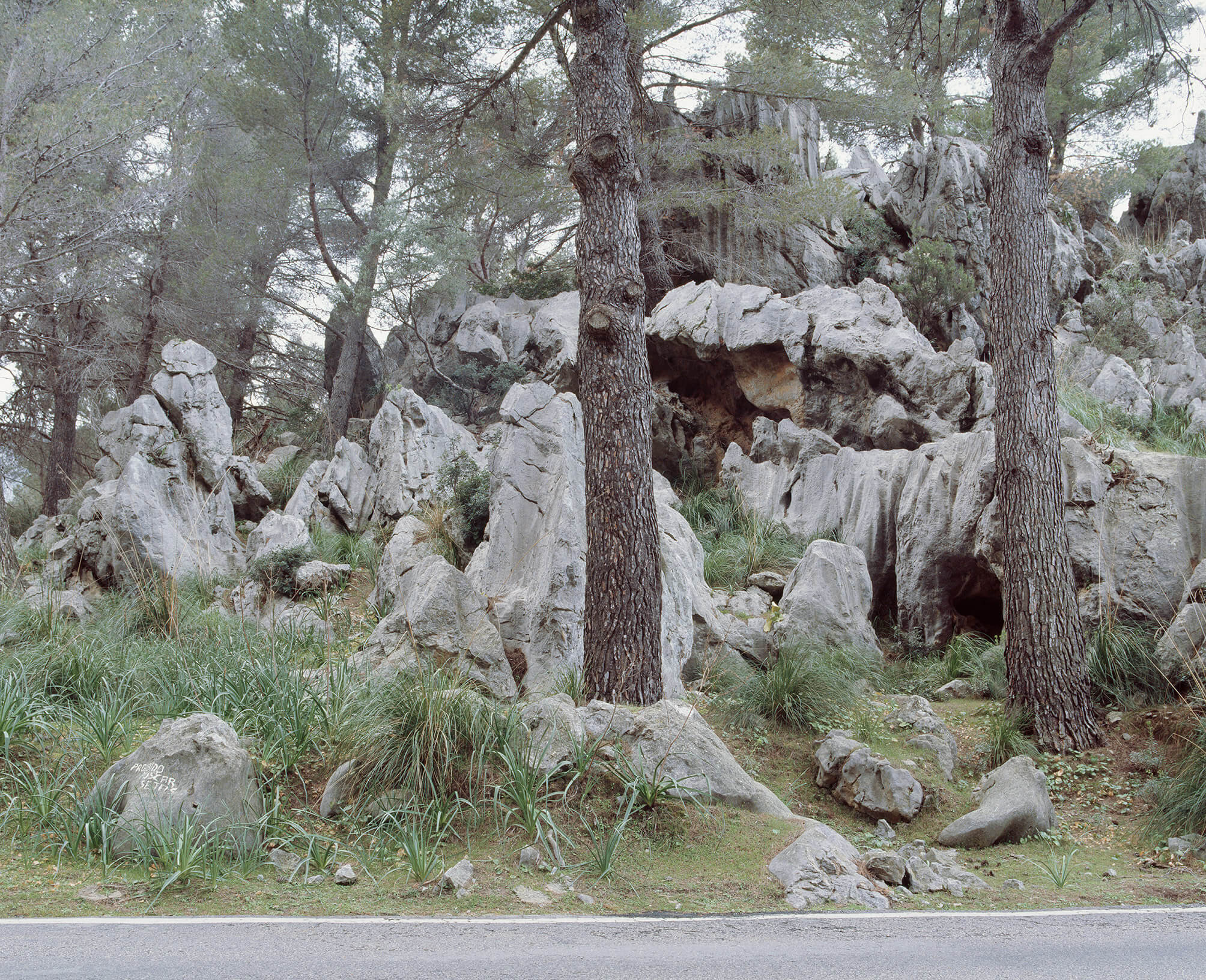
I’m taking a scan of a family photo album given to me after my grandmother passed away, wanting to write something about the marvelous portraits inside. The genealogy is only partly clear to me: I recognize my dad as a kid, my uncle, my grandmother, her brother in the laboratory he (said he) ran. He smelled of cigars and severe perfume. The older photographs present people I don’t know, but must be my ancestors. My grandmother told me stories1 that, historically, reach further back than the figures I recognize in the photographs. There are no names and no dates in the album. The first two pictures seem to be the oldest ones.2 I retract them from the album pockets in which they were slid to check if something is written on the backside. When I take the album away from the scanner’s glass plate, particles of leather, gold varnish and sturdy cardboard come loose. I place a sheet of paper on the glass plate and press ‘scan’ again.
Once she (my grandmother) went home from school, sick, with her bicycle. She studied to become a nurse. The school was in Brussels, about 60 kilometers from her native village M. The milkman’s van tipping over in front of my grandmother’s parental house. A milk covered street. My great-grandfather, physician and mayor at M. Something happened during the Second World War having to do with telephones or radios when she was still a kid.
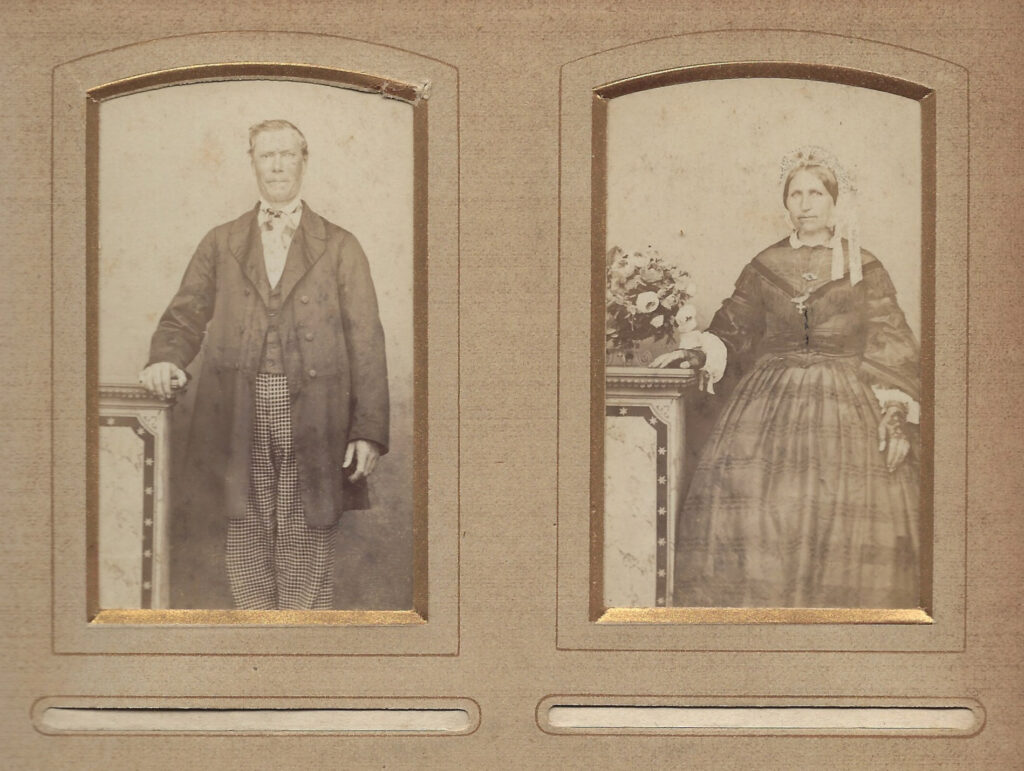
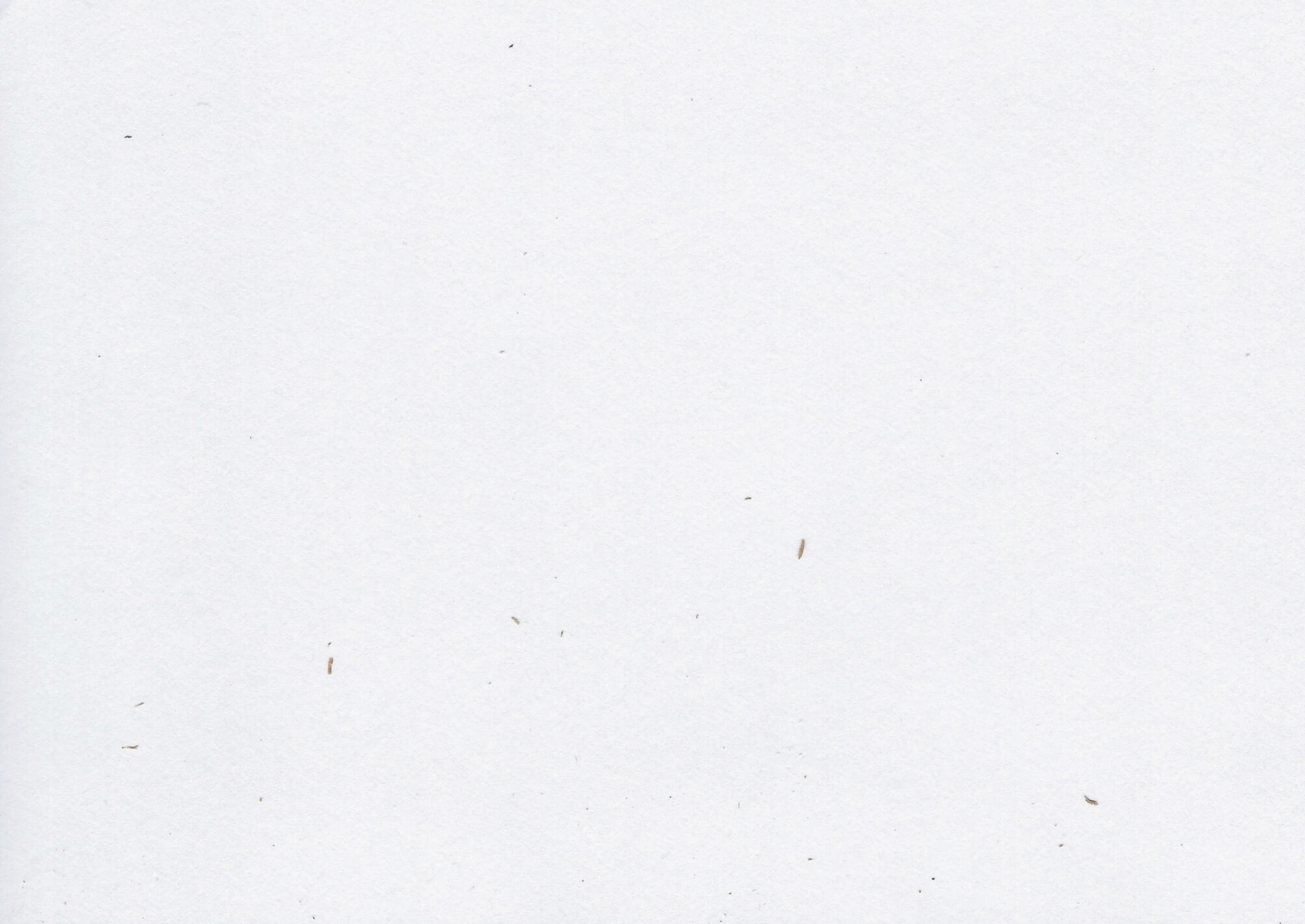
Halfway March my dad started finding empty clam shells on the banks of the Zuidlede along the pasture where he used to herd sheep. He had never seen this type of clam before. There were easily seventy of them along a hundred metre stretch of riverbank.
He brought two specimens to someone he knows in the neighbouring provincial domain. She would look into it, she said, and that she would probably pass it on to someone at the educational department.
Yesterday he (my dad) received a printout of the Dutch wikipedia-page on the Brakwaterstrandschelp (Rangia Cuneata). On the page Paul (who sends his regards at the bottom of the document) traced around the scallops with a blue ballpoint pen.
My dad added in capitals – also with a blue ballpoint pen – that the Rangia Cuneata is an invasive species, native to the Gulf of Mexico. The first time it was observed in Europe was in Antwerp in August 2005, most probably they reached Europe in the ballast water tanks of large ships.
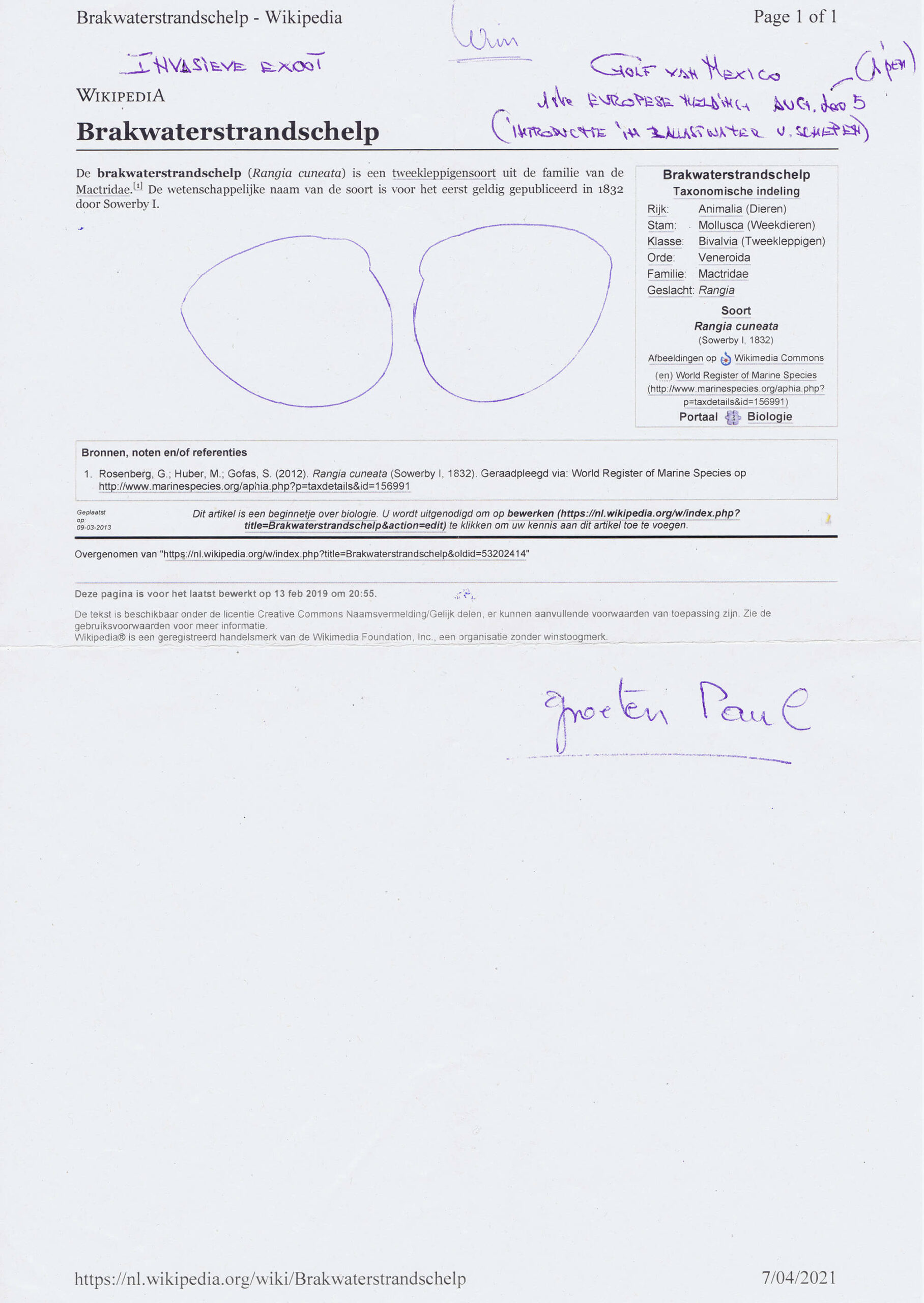
On a pile of fresh hospital sheets, near the radiator, the tangerine curtains and the black marble window sill (the window looks out over the parking lot), underneath the two-day-old bouquet of flowers and next to a pile of magazines with a handwritten note on top (about a syrup that relieves slime and tastes like oranges), lie two sheets of paper.
Earlier that day the physiotherapist had come by. Twice. Once in the morning and once in the afternoon. He had each time drawn the first line, as an example. A straight line in the morning, a curvy line in the afternoon.
With a ballpoint pen my grandfather, who is recovering from an accident, diligently copied the examples (31 in the morning, 5 in the afternoon).
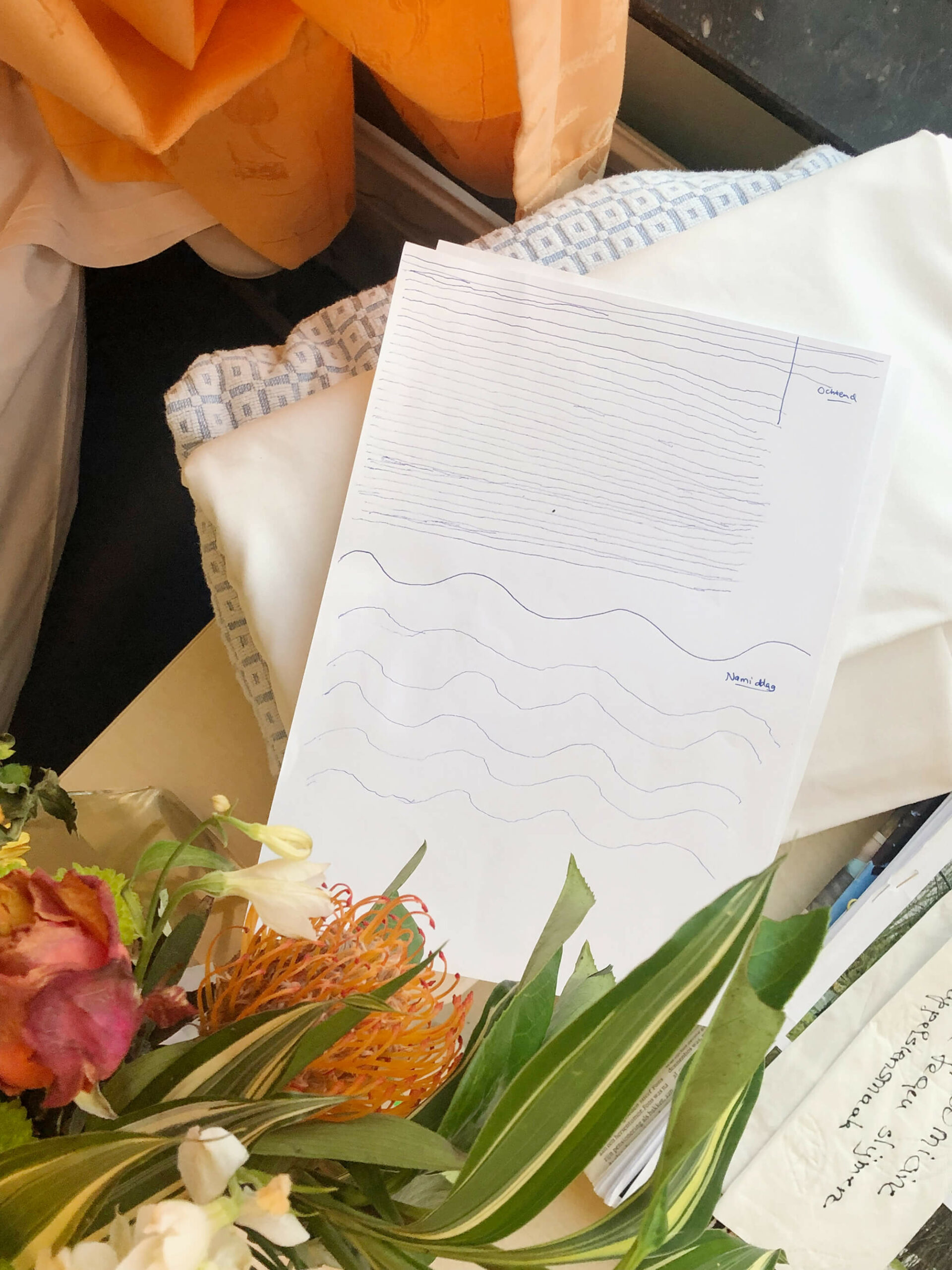
A Sunday stroll near my parents’ house. Along one of the roads between the fields, old poplars have been felled. Young trees have been planted. Each one has a baby blue coloured label, identifying them as Poplar tree, and, more specifically, the ‘Vesten’ cultivar. This cultivar is planted since it is one of the cultivars known for its resistance with regards to bacteria, diseases and insects. The tags on the trunks have staples keeping them together. They’re like bracelets. Come spring, the expanding diameter of the fast growing poplar species’ trunk will tear them apart.
Steenackers, M., Schamp, K., & De Clercq, W. (2018). De INBO variëteiten van populier, een aanwinst voor de Europese populierenteelt. Silva belgica : tijdschrift van de koninklijke belgische bosbouwmaatschappij = bulletin de la société royale forestière de belgique, N°4/2018, 40-47. [5].
https://purews.inbo.be/ws/portalfiles/portal/15044340/Dossier_populier_INBO_KBBM.pdf

The oldest coin in the collection has darkened over time, but upon inspection, the text ‘AD USUM BELGII AUSTR’ (left) and the contours of a (female) head (right) can be discerned. A quick search learns it stems from the middle of the 18th century. The coin was made and used in the Austrian Netherlands, reigned by Maria Theresa, who is the one depicted. My mother recollects finding it in the backyard when she was a kid.
About 40 years later, the euro was introduced. The ringbinder with my mother’s coin collection was taken from the shelf. A dilemma came to the fore: we wondered if we should keep one of each existing Belgian coin and banknote and put them in the binder, alongside Maria Theresa, or if we should exchange them for the new European currency. The decision to keep a coin of five Belgian francs was not difficult to make, but as the amount raised, the answer was increasingly hard to give. This was an assessment of the old currency’s emotional and projected historical value, compared to its current financial worth. It was a decision based on investment principles.
To accentuate the value of the Maria Theresa kronenthaler of 1 liard, I put the coin on a pile of red post-it-notes when photographing it. Coins like these are sold on eBay for prices ranging from 0,70 euros to 16 euros.
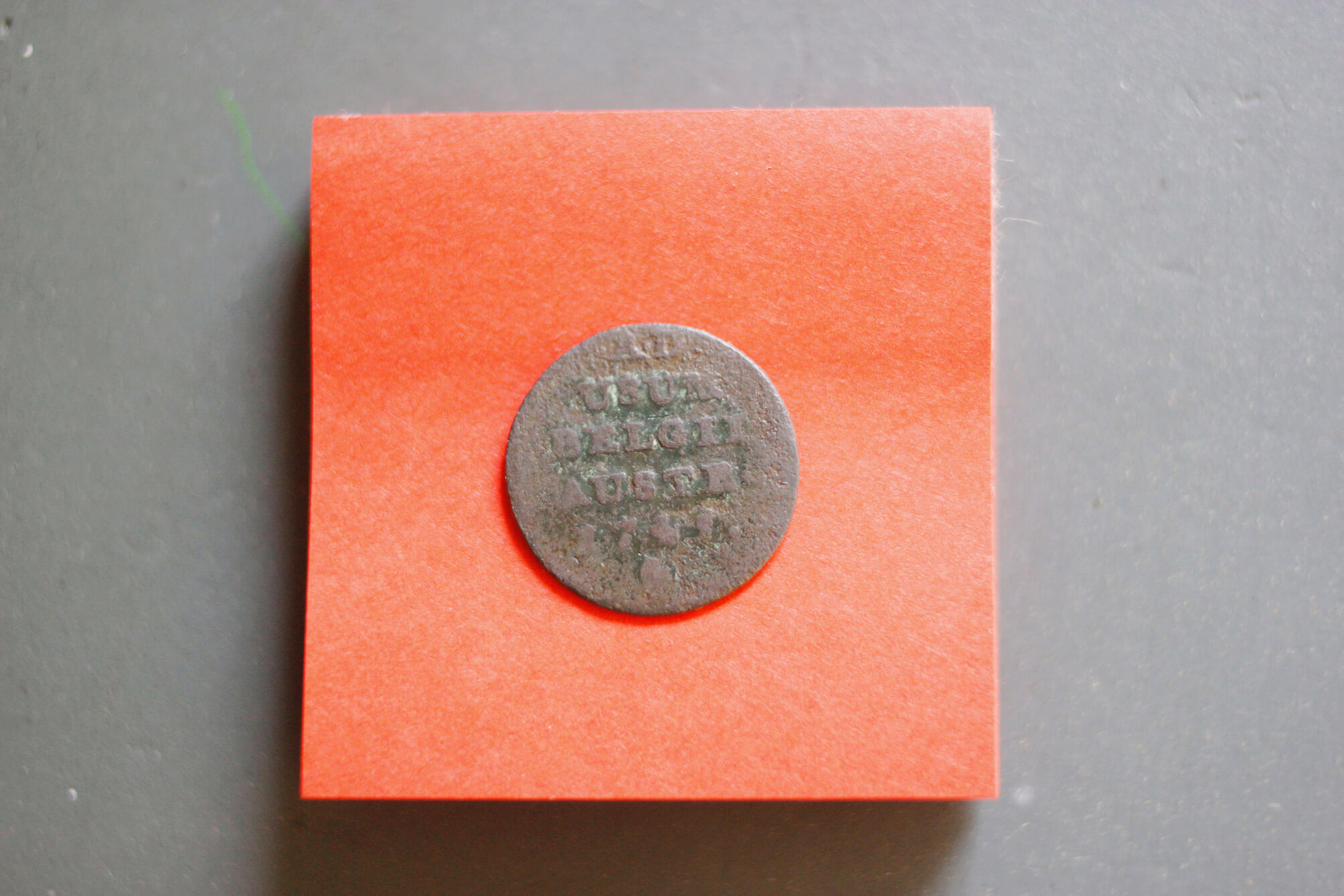

Our one year old’s favourite toy he’s not supposed to play with is the HP Officejet Pro L7590 All-in-one in my office. I have given up on forbidding him to play with it. We have a new game: he brings me one of his other toys, we put it on the flatbed, close the lid – as far as possible –, press the button ‘START COPY – COLOR’ and wait for the print to come out of the machine. When we place the original onto the copy, he laughs. So far we have copied his blue pacifier, his planet-earth-bouncy-ball and his rattling crocodile.

When I grew up, my parents told me that the number of raisins in the local baker’s raisin bread attested to the result of the most recent soccer match of KAA Gent. A victory was celebrated by throwing more raisins into the dough than usual, a loaf following a painful loss was hardly a raisin bread at all.
The baker retired long ago. Today my two-year-old son picked out all the raisins from his slice of bread. KAA Gent’s last game was a tie against Union.
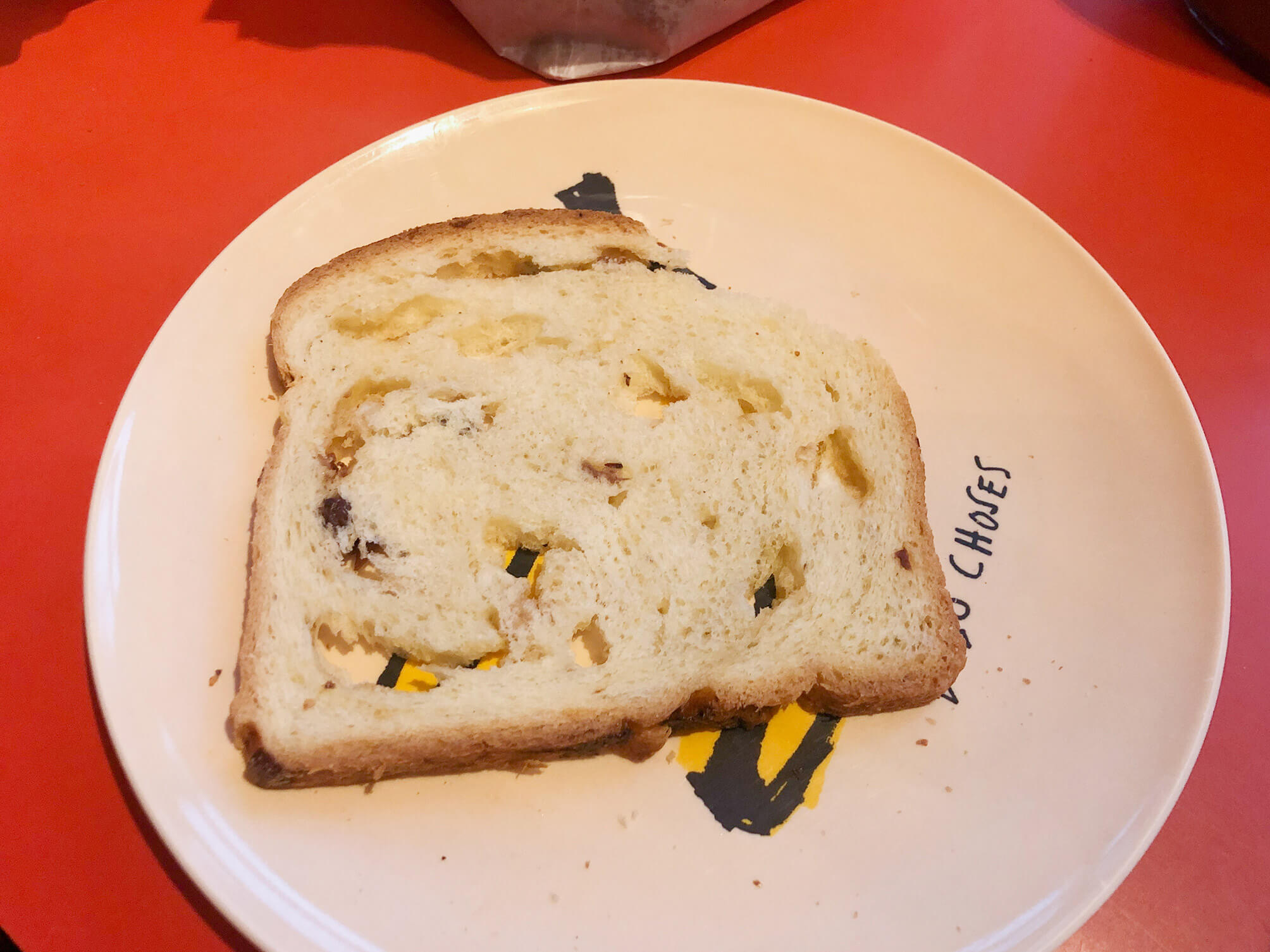
During the night, both of us get unwell. One of us is shaking, intensely and relentlessly. The windows are open. For minutes that seem to be hours, it feels like it’s freezing. We get extra blankets. Then, it gets too hot.
One of us dreams about coccodrillos. It starts out with a single animal, like the one we saw in the National Archaeological Museum, escaping from an aquarium, and ends with lots of little ones crawling all over the place. It’s impossible to know how many have escaped.
The other dreams about seismologist Luigi Palmieri’s unfortunate assistant and his family’s quest to redeem his good name. To deprive him of the burden and guilt set upon him by Luigi Palmieri’s report of the 1872 eruption of Vesuvius, the assistant’s offspring were building a monument just below the observatory in which their great-grandfather fell asleep. The monument was permanently, and continuously, unfinished.
We both dream of hearing fireworks in Naples.
In the morning, we’re slightly alarmed that we both got sick and feverish at the same instant. It’s the middle of January, and the weather has been summerlike all week. A gentle morning breeze flies in from the Neapolitan bay while we wait for the bus to take us to the airport.
First published as part of De Cleene De Cleene. ‘Amidst the Fire, I Was Not Burnt’, Trigger (Special issue: Uncertainty), 2. FOMU/Fw:Books, 25-30

Between the rhinos and the kangaroos in the Antwerp Zoo a wooden footpath curves through a grove of Sequoiadendron Giganteum trees. In the middle of this Californian forest, visitors find the giant slice of a felled tree of the same species. It was brought to the zoo in 1962 and was approximately 650 years old at the time. Eleven labels point out significant moments in history on the tree’s growth rings. They range from zoo- and zoology-related moments (for instance: ‘1901: The Okapi is described as a species’, or ‘1843: Foundation of the RZSA and opening of the Zoo’, or ‘1859: Darwin publishes The Origin of Species’, etc.), to cultural and historical milestones (‘1555: Plantijn starts publishing books in Antwerp’, or ‘1640: Rubens (baroque painter) dies’, or ‘1492: Columbus in America’). Another label points to the last growth ring and reads: ‘1962: this tree is felled and this tree disc is installed at the Zoo.’
The label pointing to the centre of the tree implies a simultaneity between the tree’s first growth year and the Battle of the Golden Spurs in 1302.
On closer inspection the slice seems to consist of two halves that were put together like a jigsaw puzzle. The resulting gap is skilfully patched with what appears to be wood from the same species – possibly even the same mammoth tree.

A mostly empty book designed to collect cigar bands. The bands are glued to the paper at their left side, so the information on the backside, explaining the image and referring to the series it belongs to and the number of different labels the series contains, can be looked up. The book has complete and incomplete series on Christopher Columbus (complete), tanks (incomplete), the origins of civilization (complete), Ancient cultures (incomplete), fashion (complete), South-American sculptures (complete), Ancient columns (incomplete), Nobel Prize Winners (incomplete), an unclarified series of seven men, most of whom are ‘prof.’ or ‘dr.’(complete / incomplete), design plates (incomplete), famous Belgians (complete / incomplete), statesmen (incomplete) and football players (incomplete). The first page in the book is used to present two series. The left column presents the Egyptian dynasty (incomplete). The middle and right column present a series of bands by the brand Jubilé on the history of energy in telling scenes and pieces of machinery.
Series: Energy
Middle column, top to bottom:
- The writing telegraph. Hughes
- Experiment with a sulphur globe. William Gilbert
- Primitive telephone. Philipp Reis
- Wireless telegraph.1 Guglielo [sic] Marconi
- The arc of Volta. Sir Humphry Davy
- Fire in the wagon. Thomas Alva Edison
- Experiments with lightning. Benjamin Franklin
- Cathode for creating X-Rays. Wilhelm Röntgen
- Rotating magnetic field. Galileo Ferraris
Right column, top to bottom:
- Electric discharge. William Watt
- Magnetic telephone. Antonio Meucci
- Muscles reacting to electricity. Luigi Galvani
- Voltaic pile. Alessandro Volta
- Oscillating circuit. Guglielo [sic] Marconi
- Development of the telephone. Graham Bell
- Telephone, beginning of the 20th century
- Next to his wireless telegraph. Guglielo [sic] Marconi
- Invention of the incandescent light bulb. Thomas Alva Edison
- Morse’s telegraph. Samuel Morse
The series is incomplete.2
The scene shows a man standing at a desk, sticking out his hand to an officer in a window that reads, in mirror writing: Customs.
On eBay a complete series is advertised (15 EUR), with a lo-res picture of the whole collection, including the five bands missing in my grandfather’s collection. The information on the back, however, is not given. It leads to a highly speculative history of energy.
A man in a gown watching a T-shaped object.
A child in a cellar, sitting on a stool at a table with gray objects.
A soldier kneeling beside a child, in front of a train, and in front of a boat.
A low table with a giant cartwheel of sorts and a box.
A vertical object with what seems to be a bell on top.
